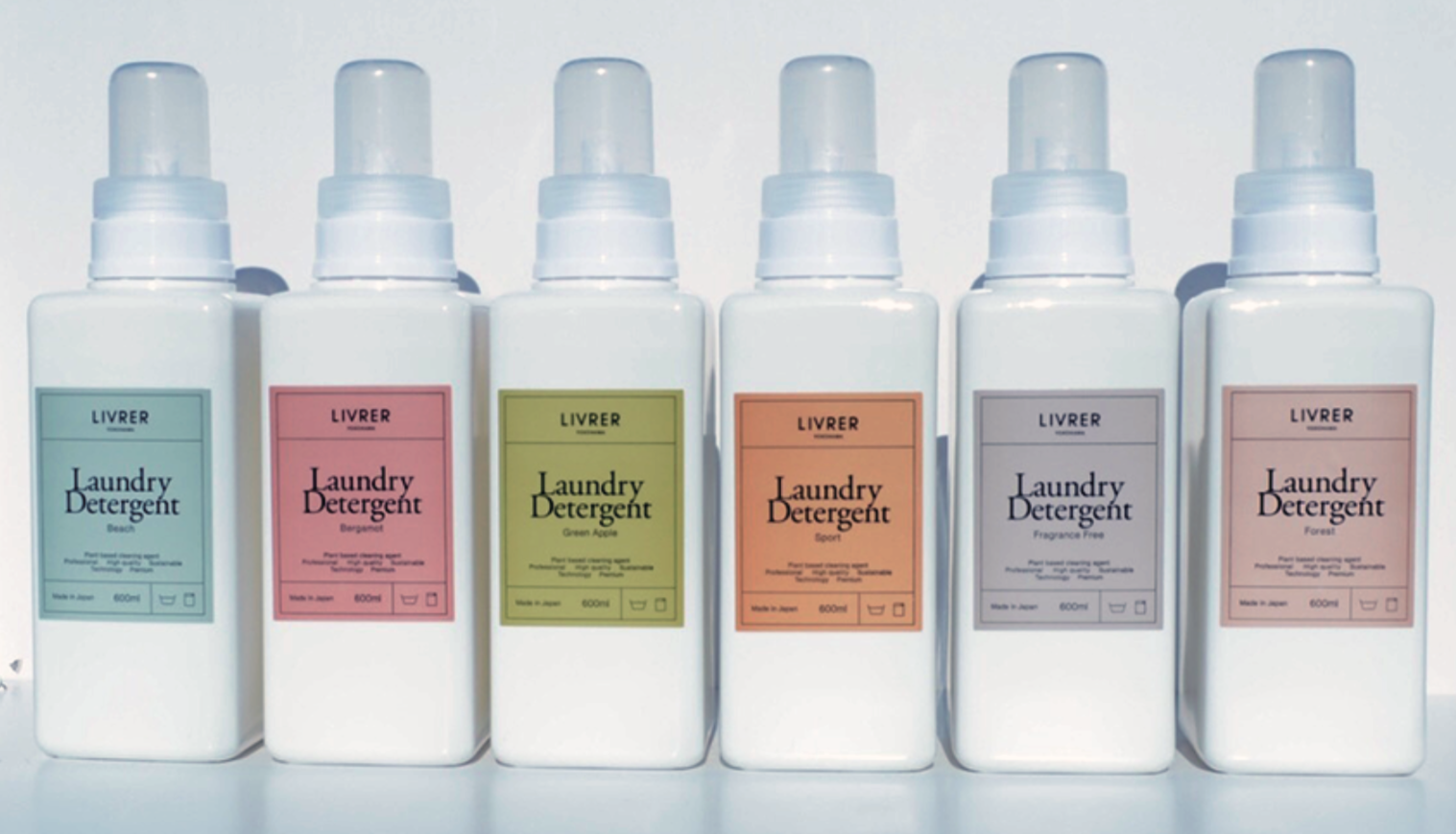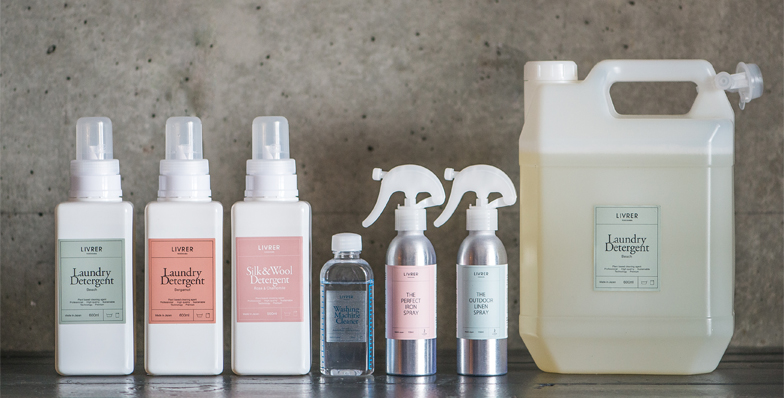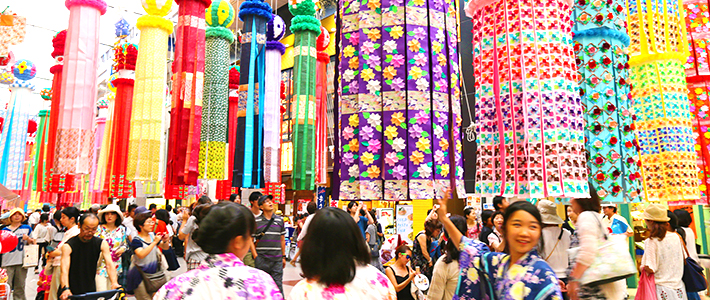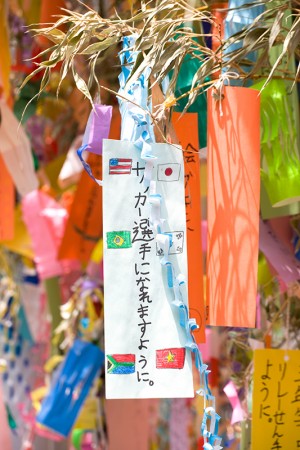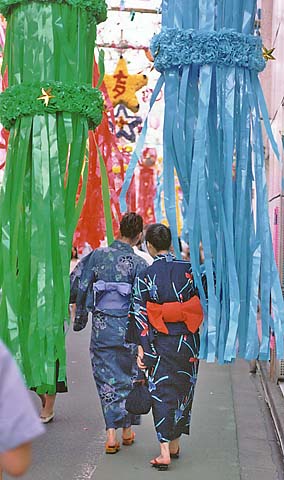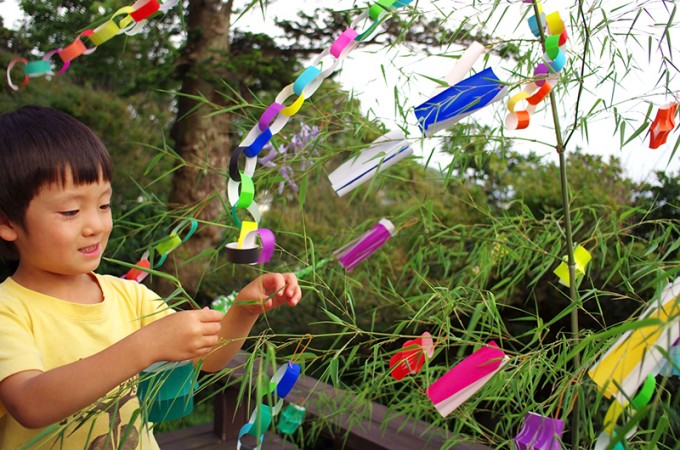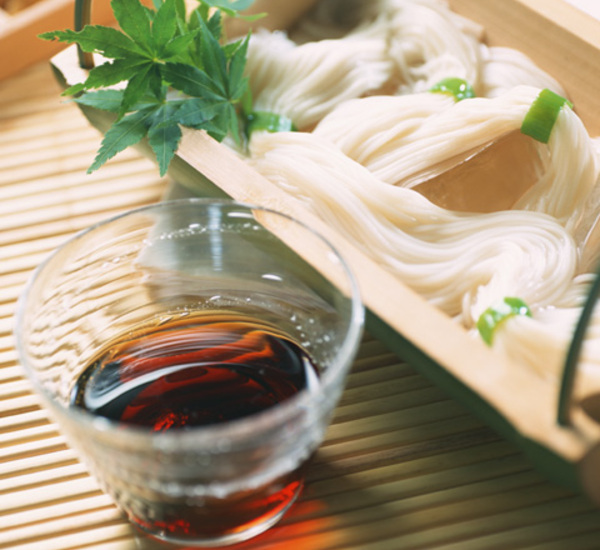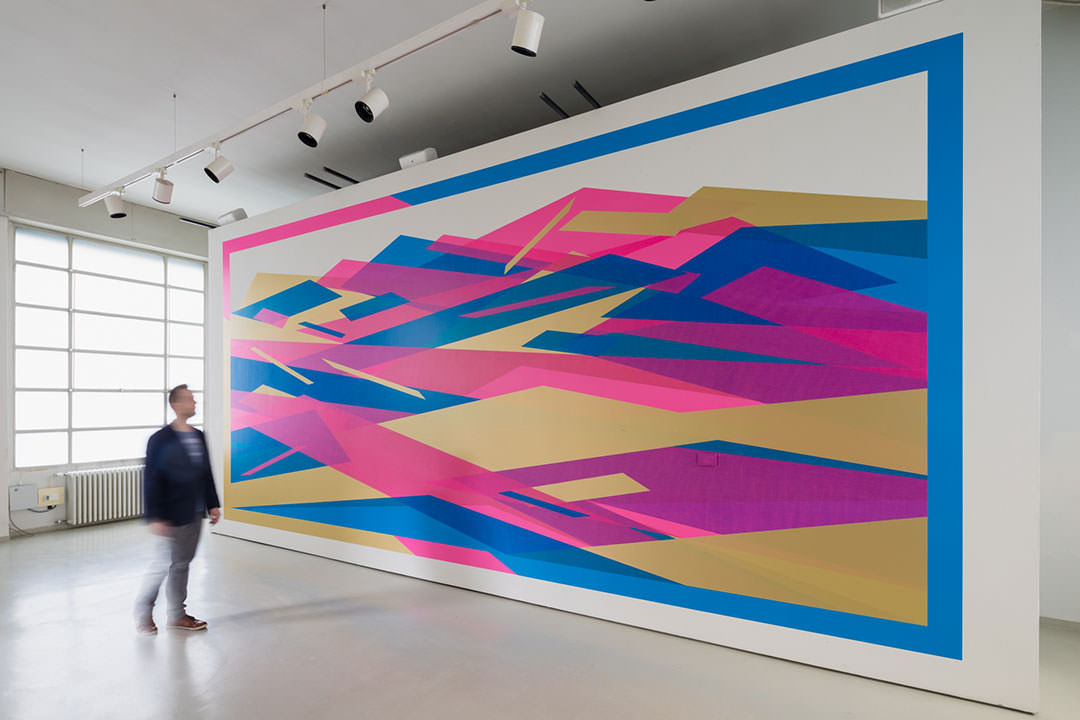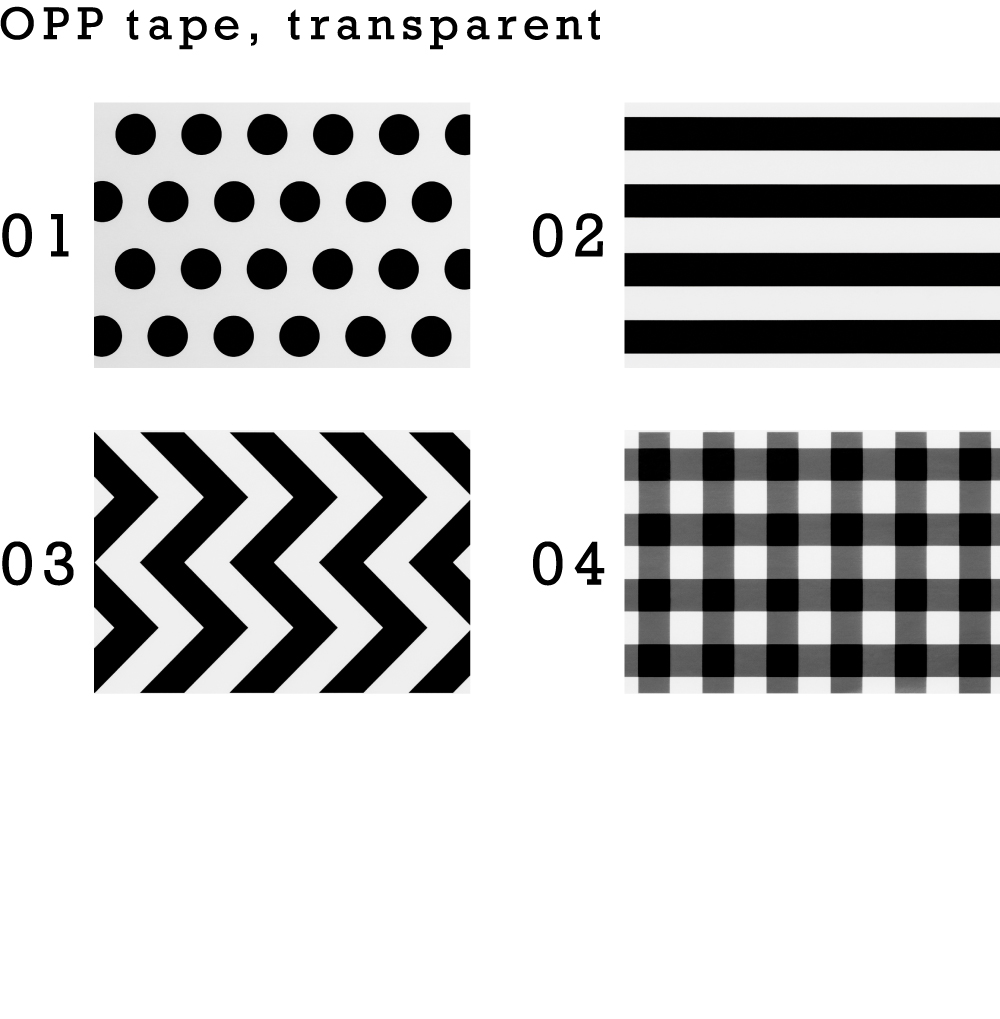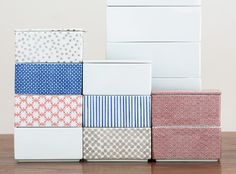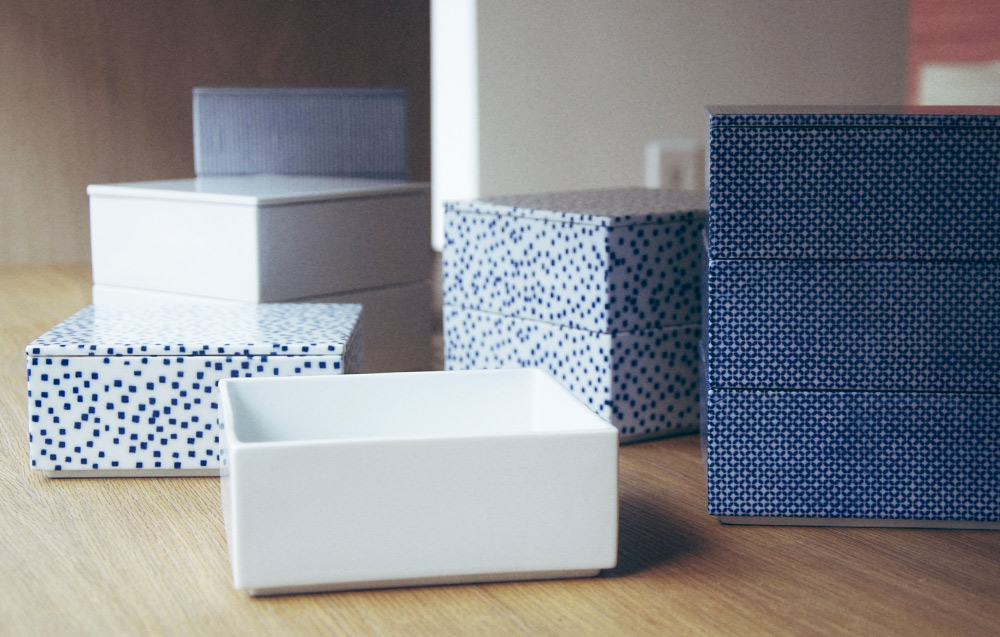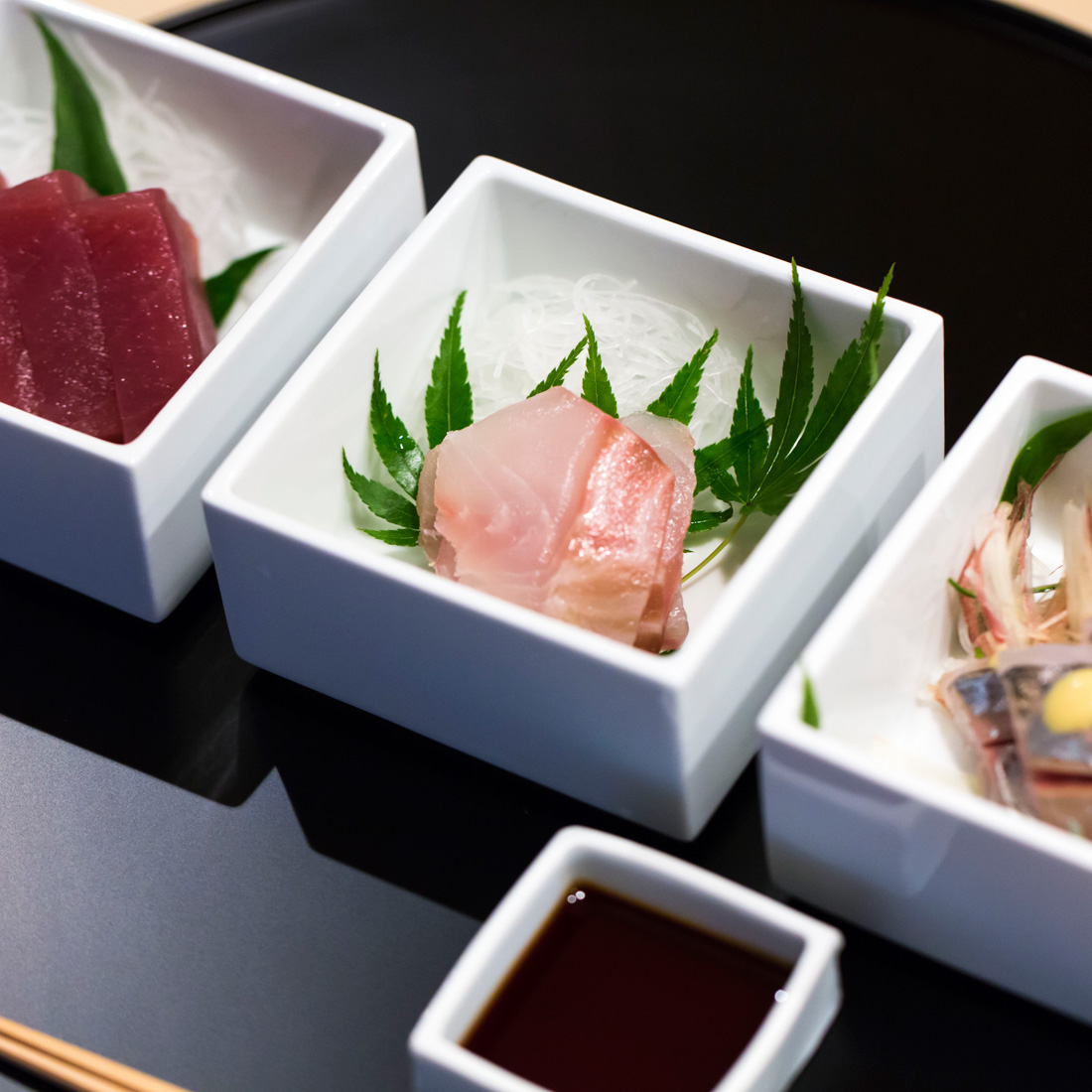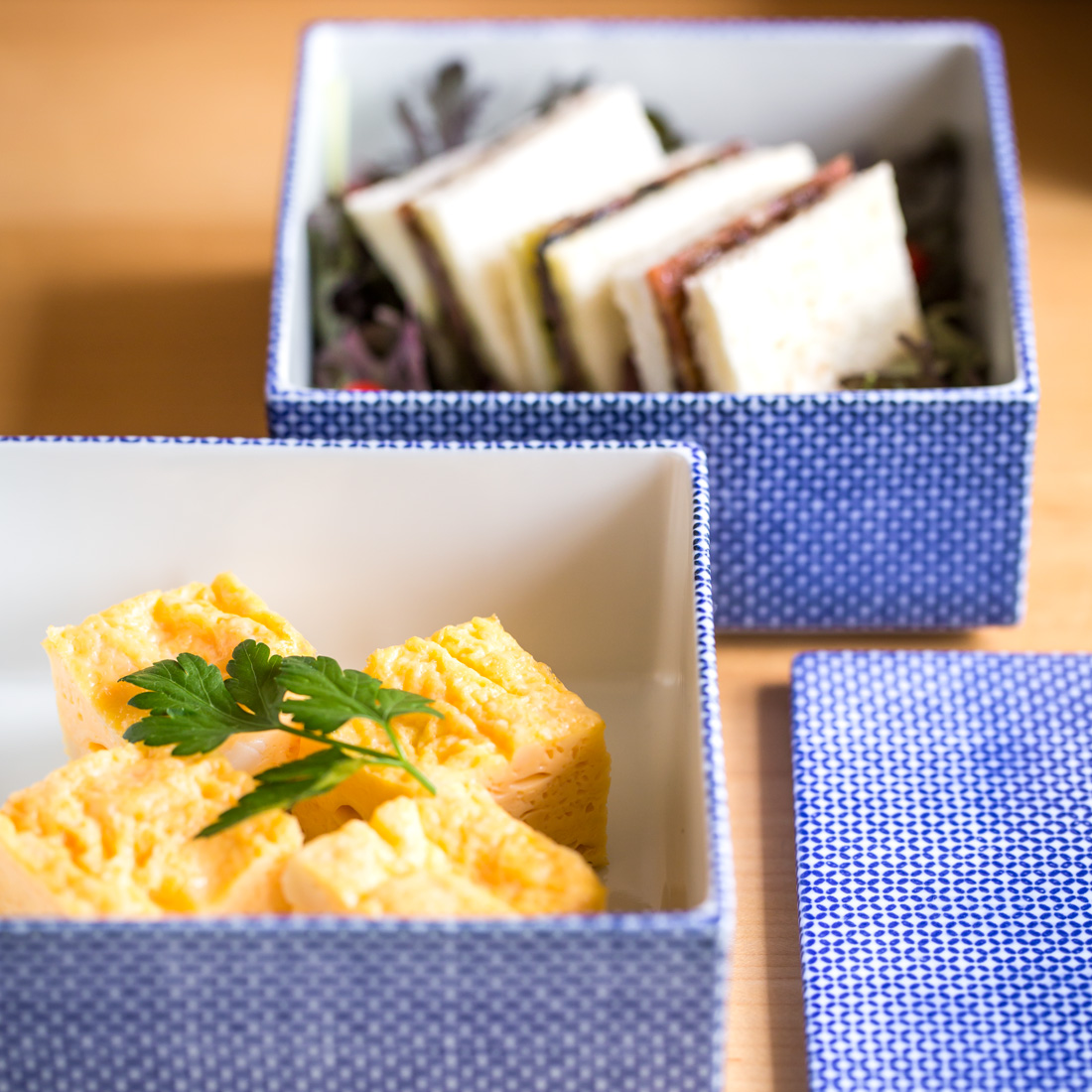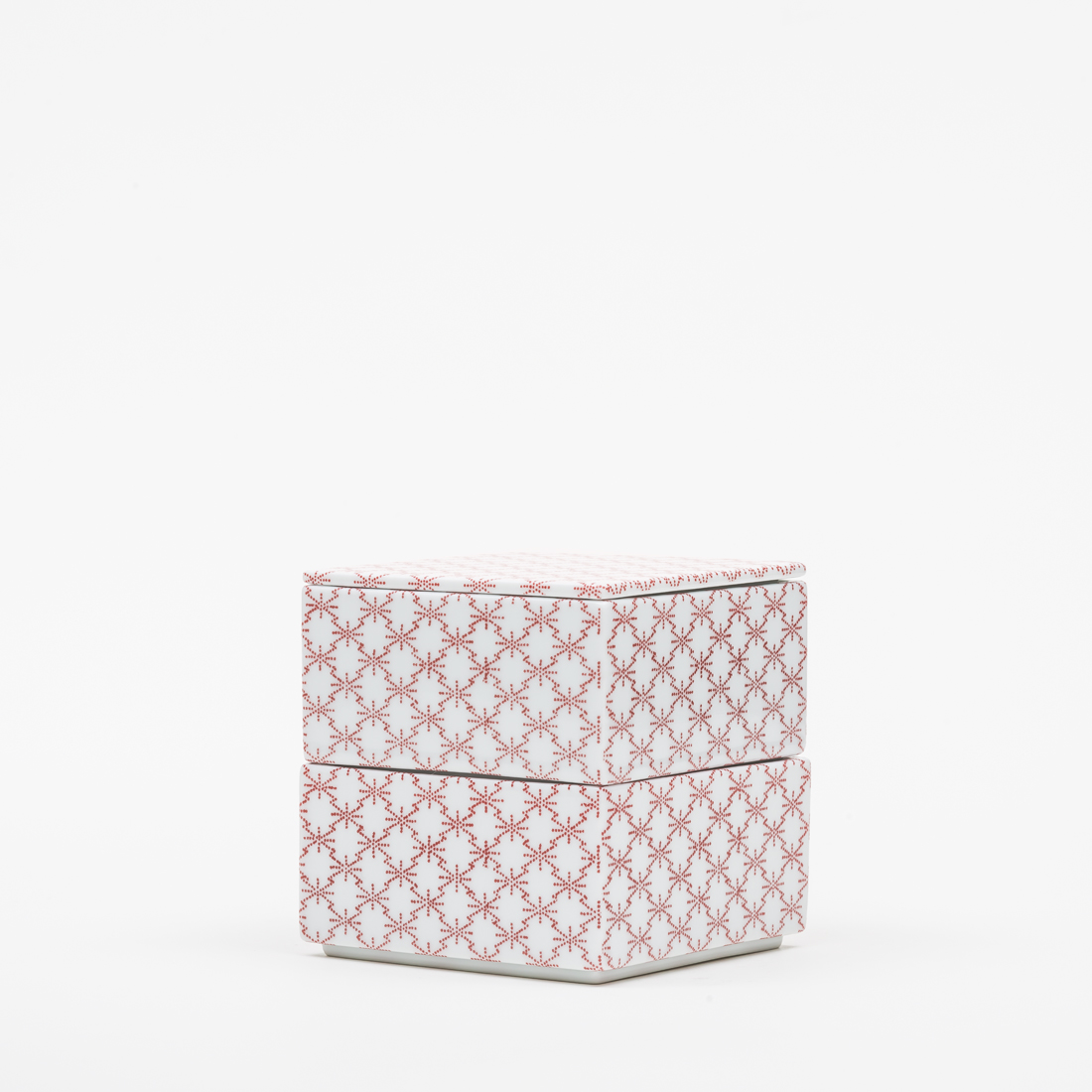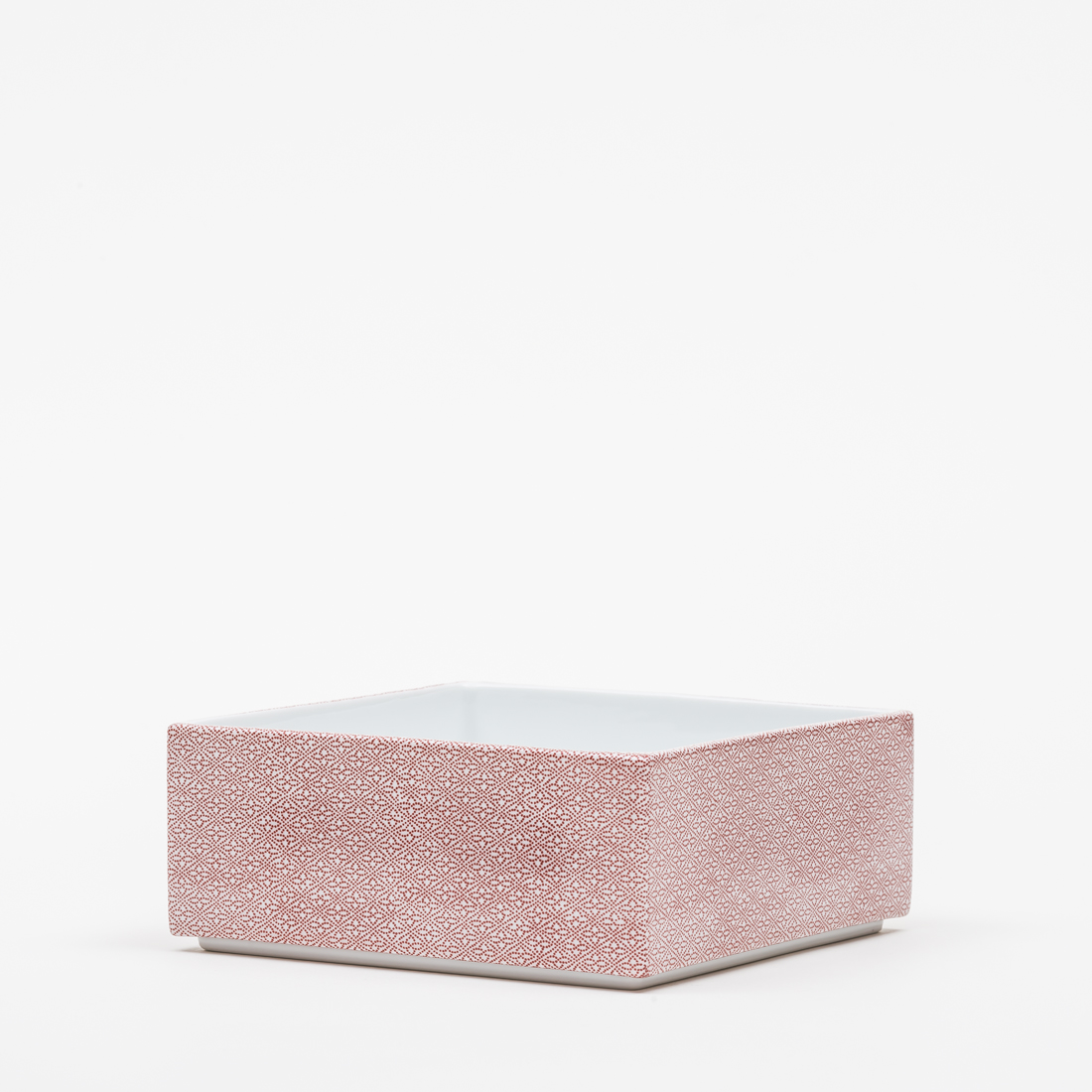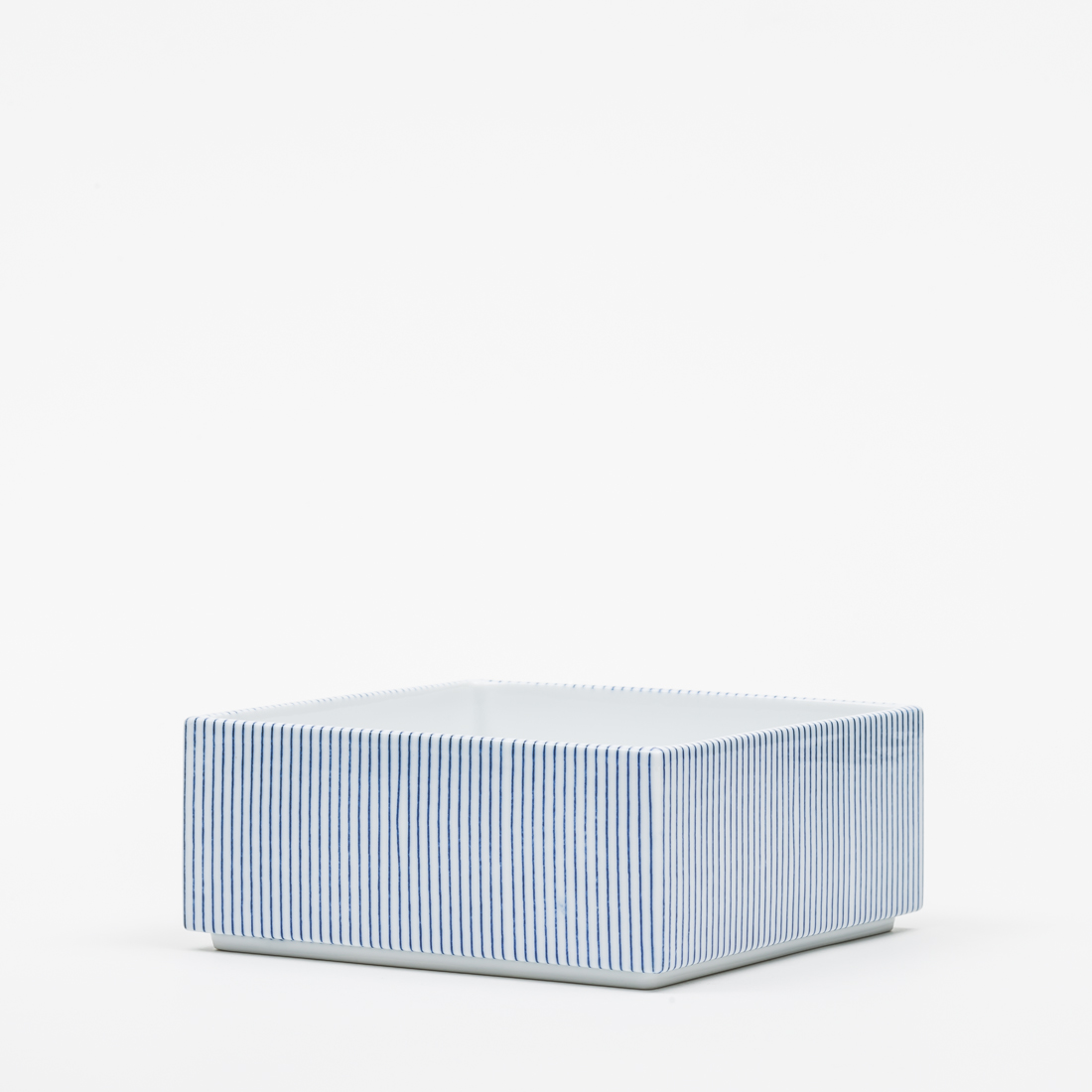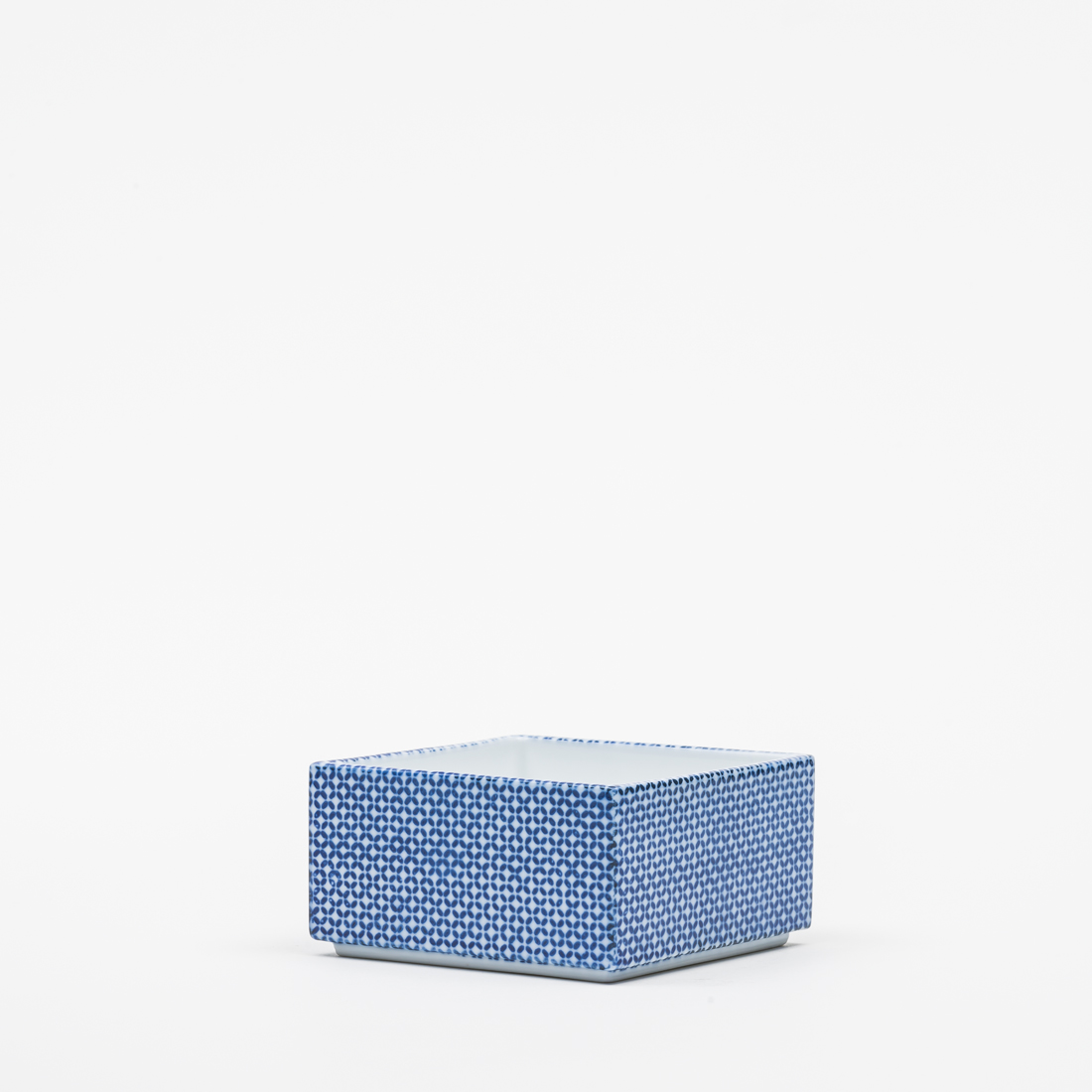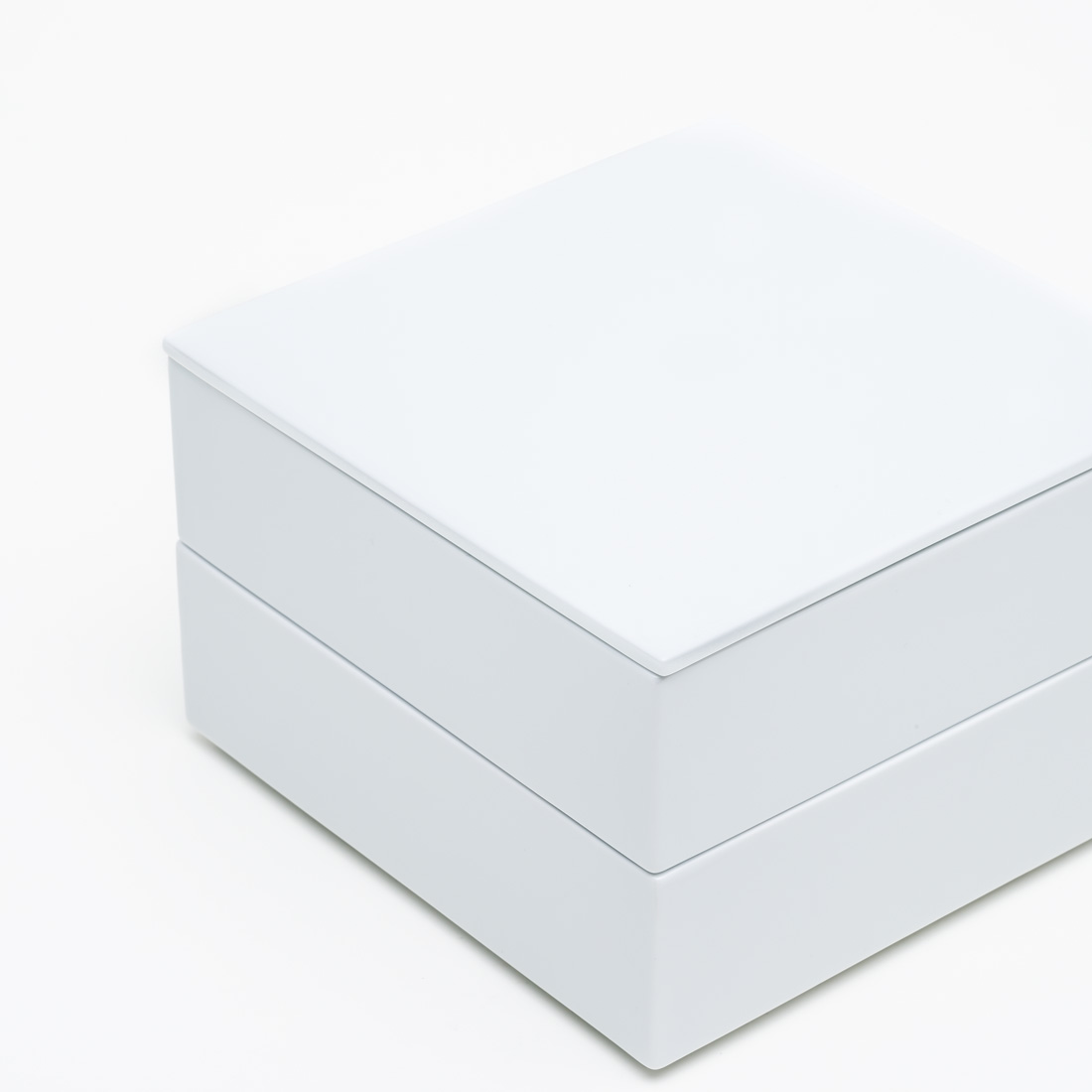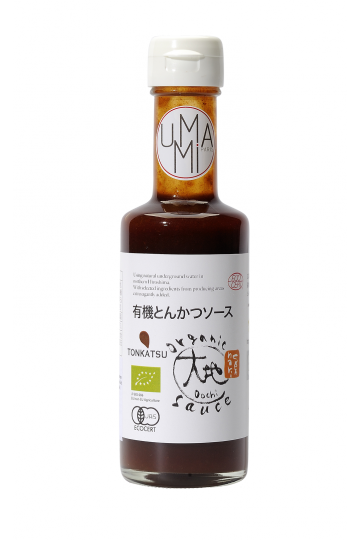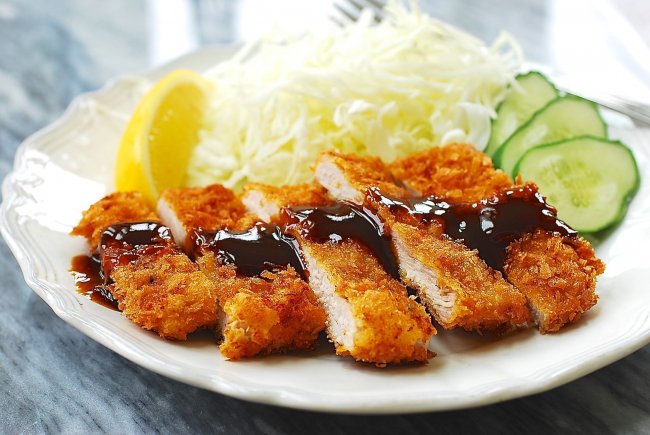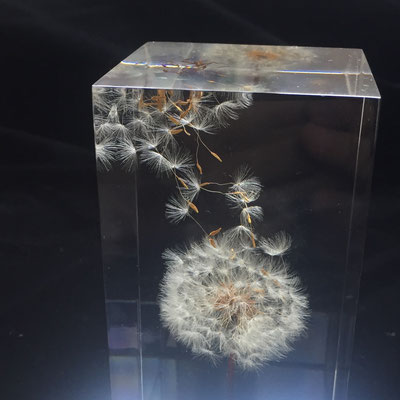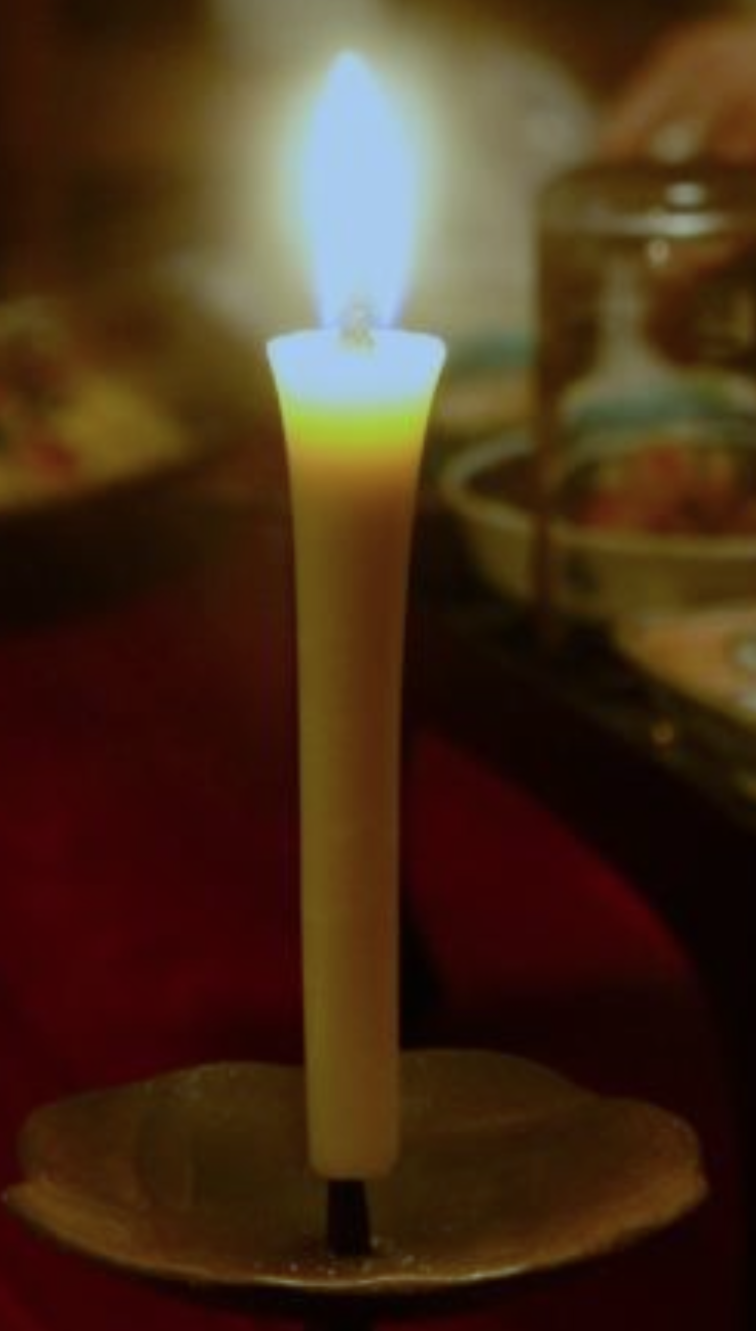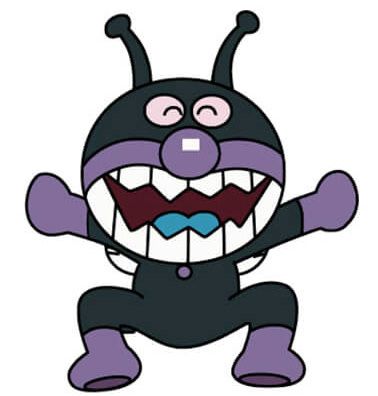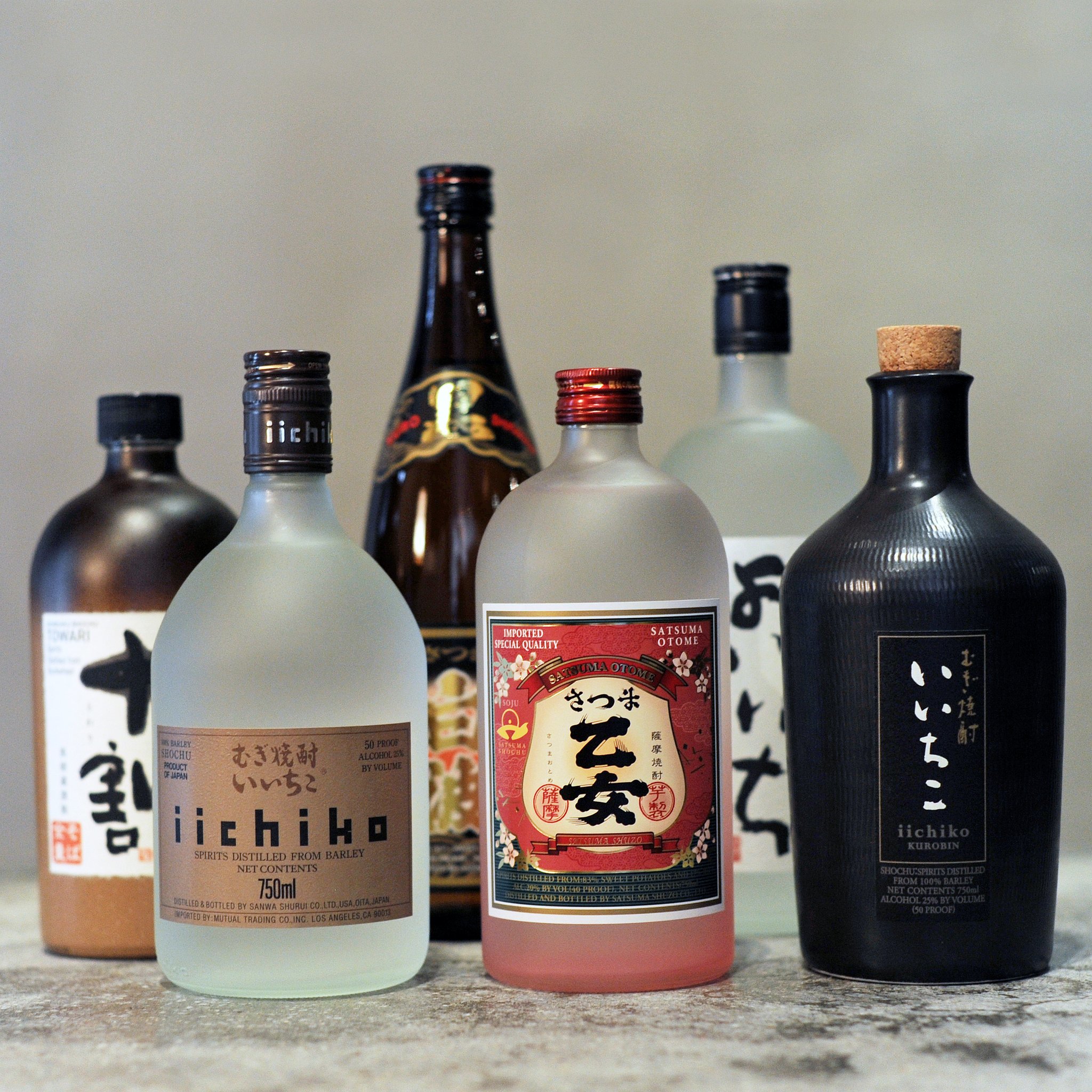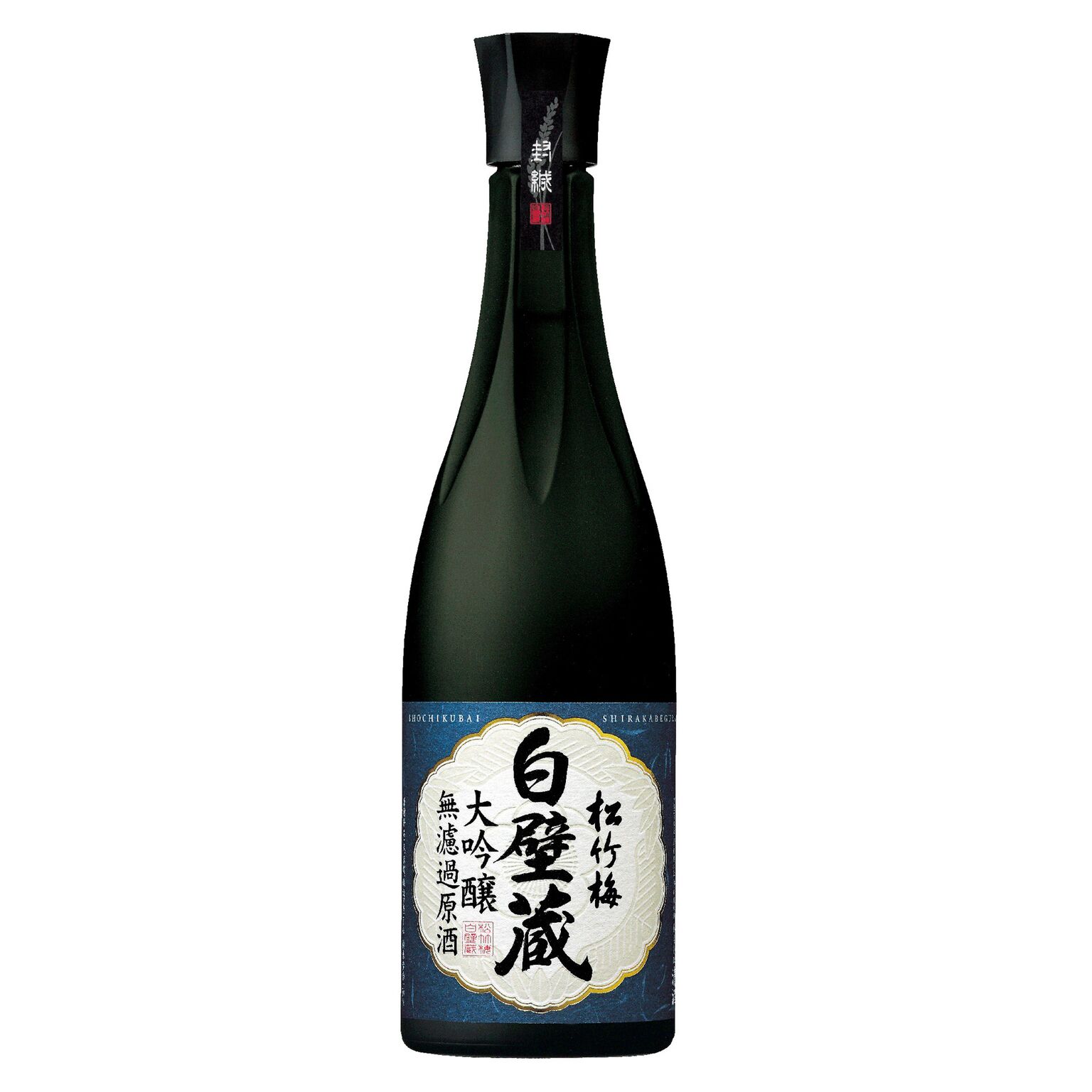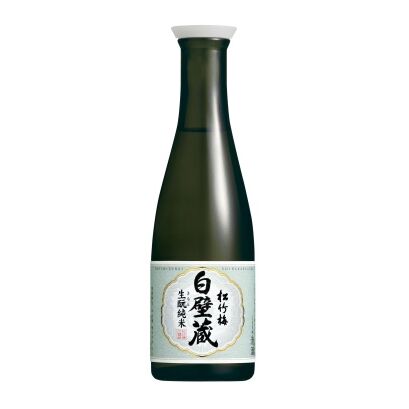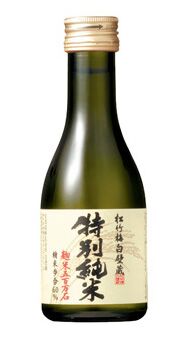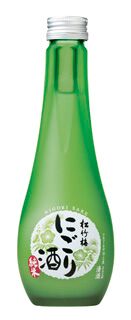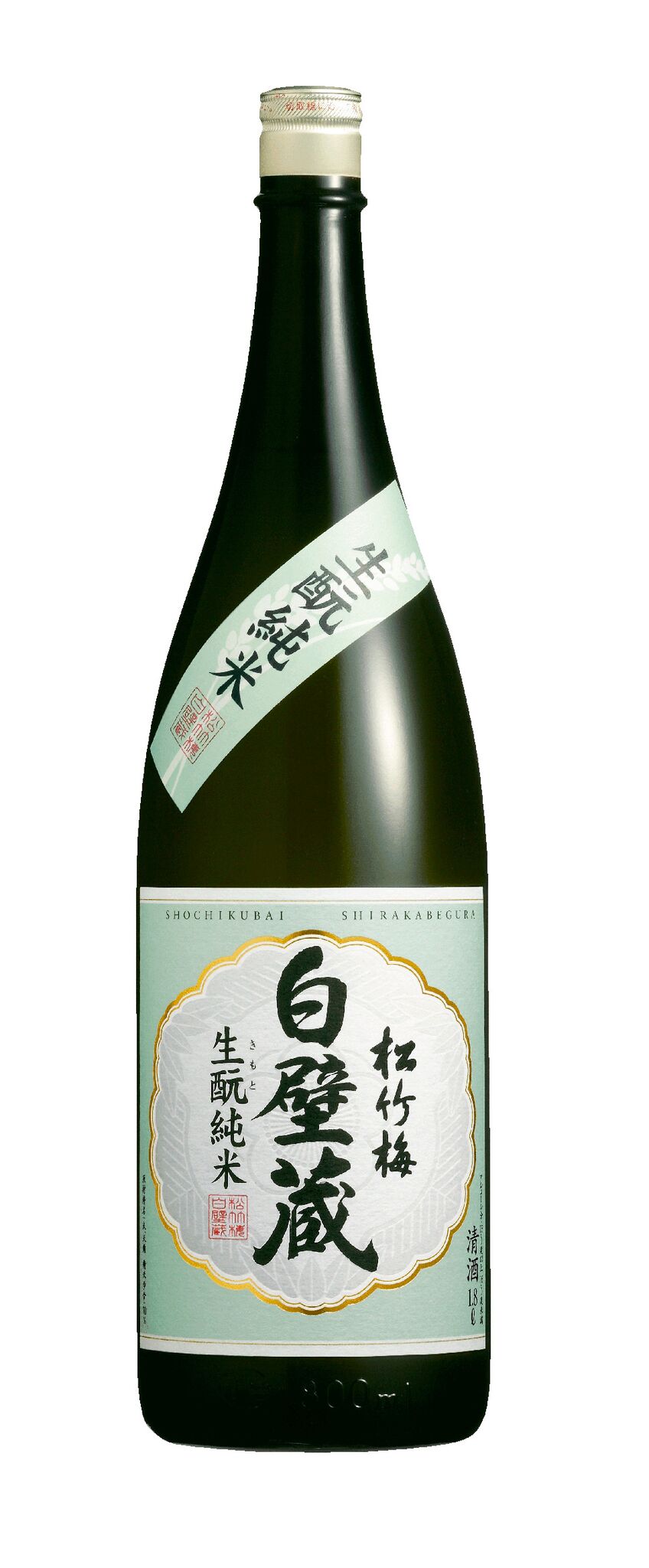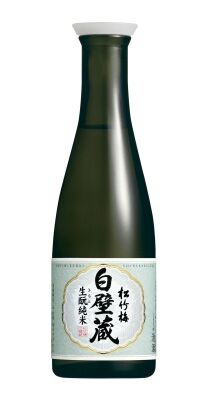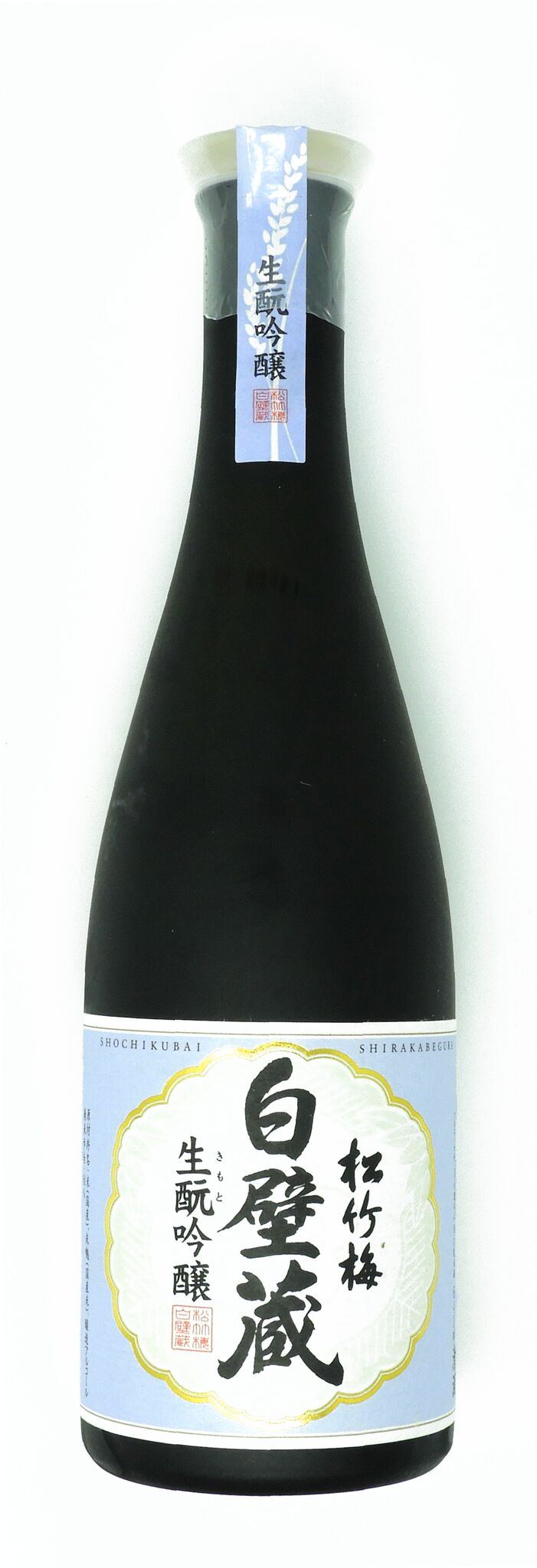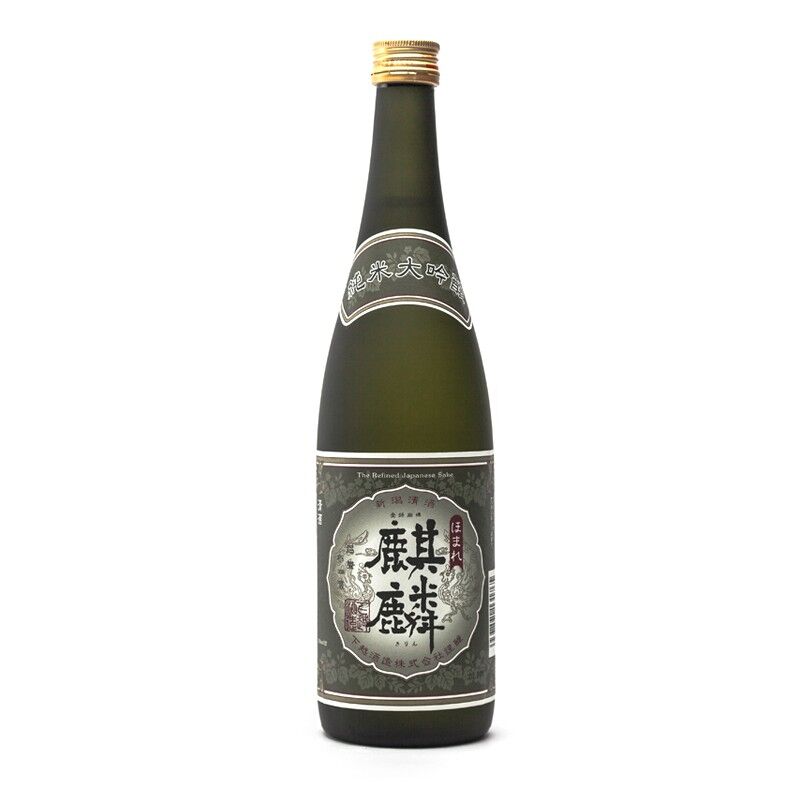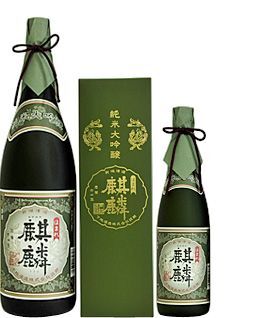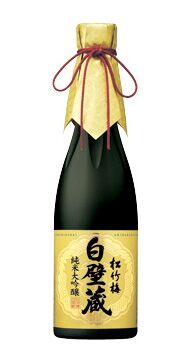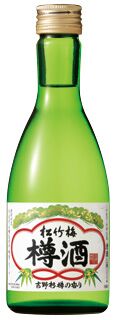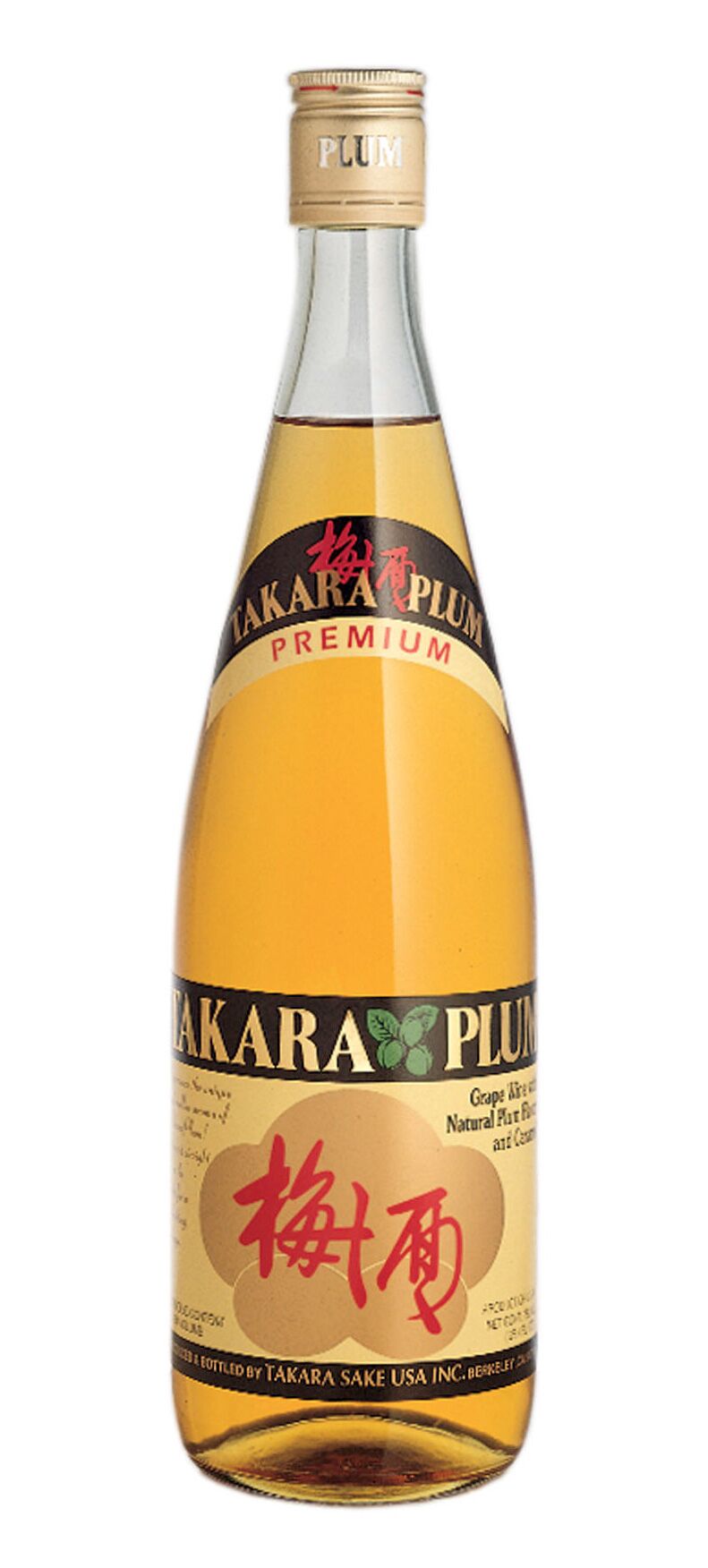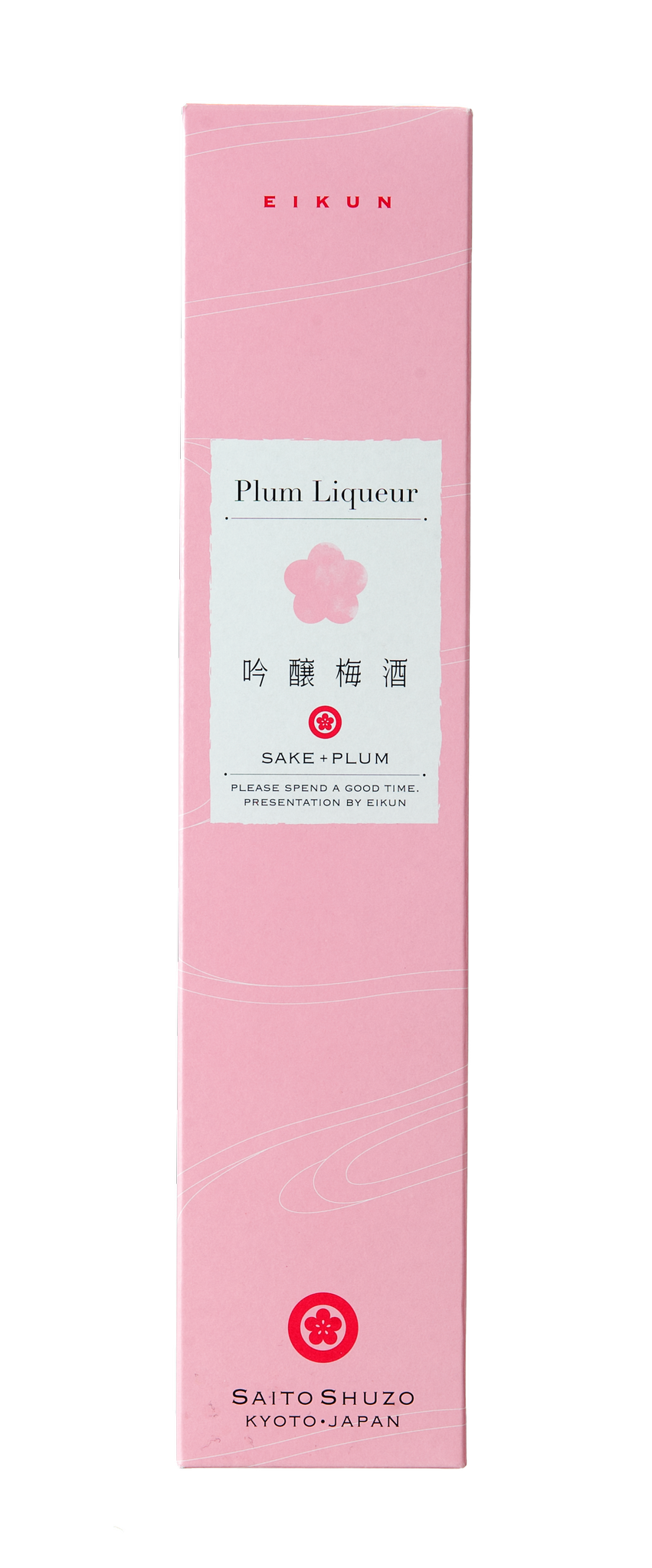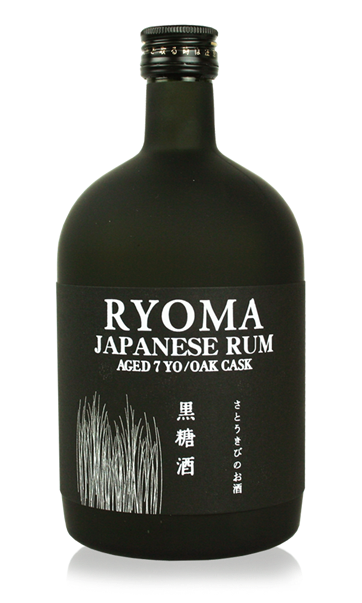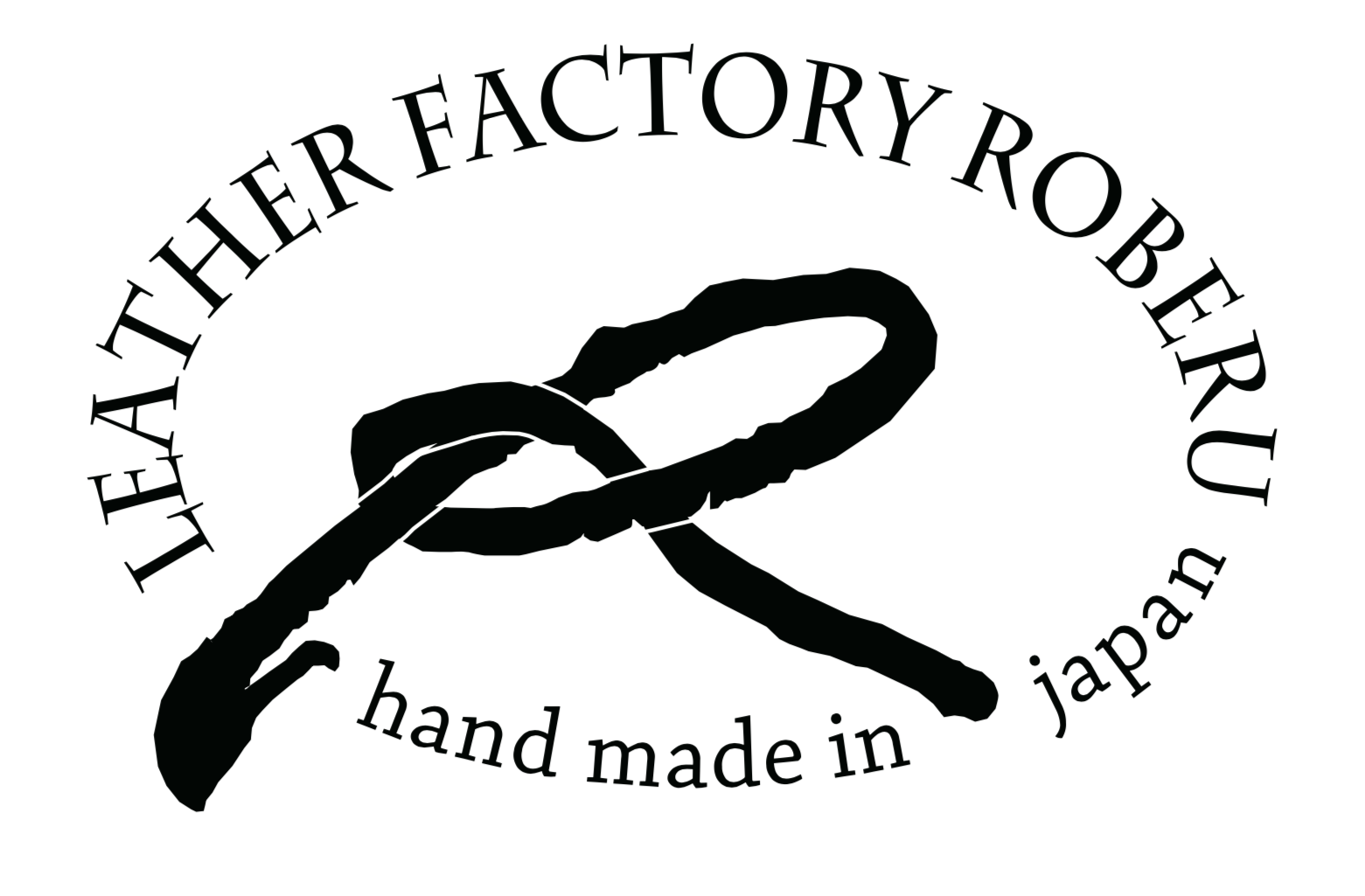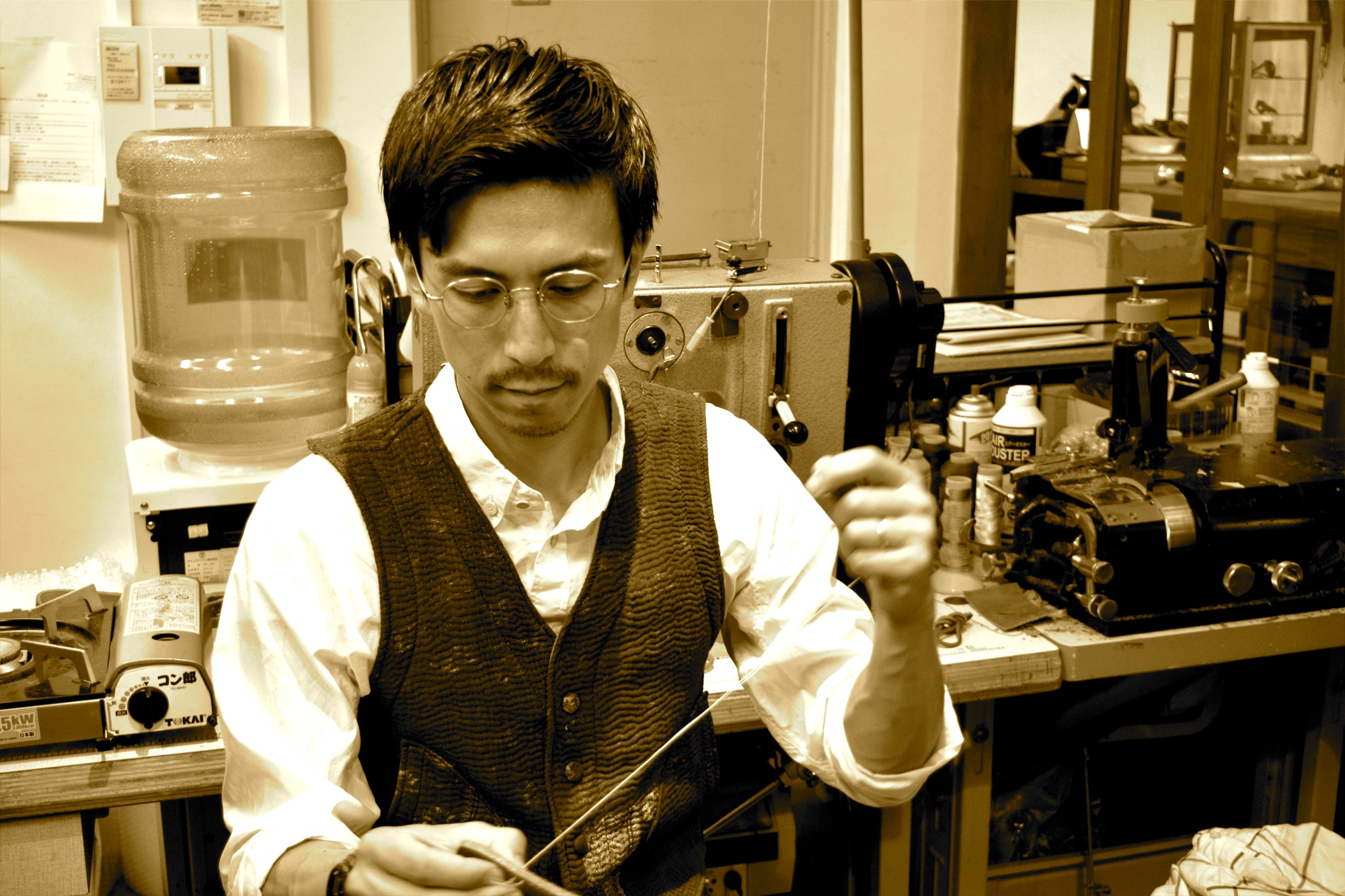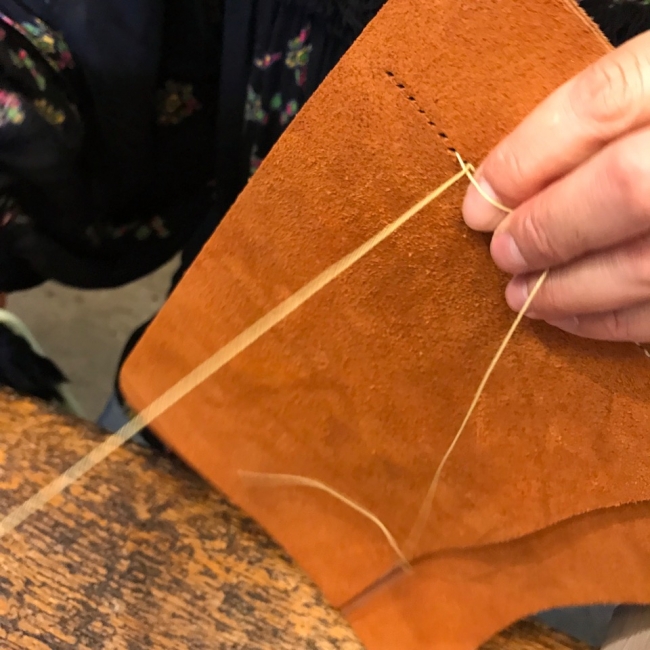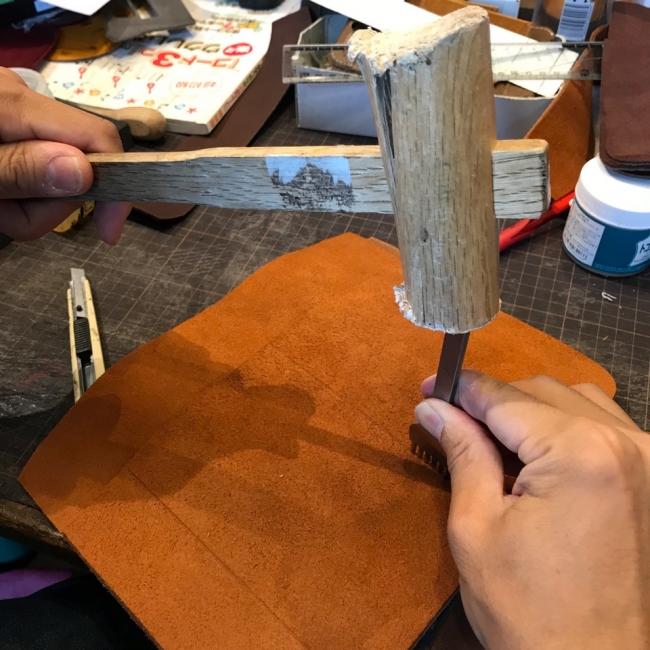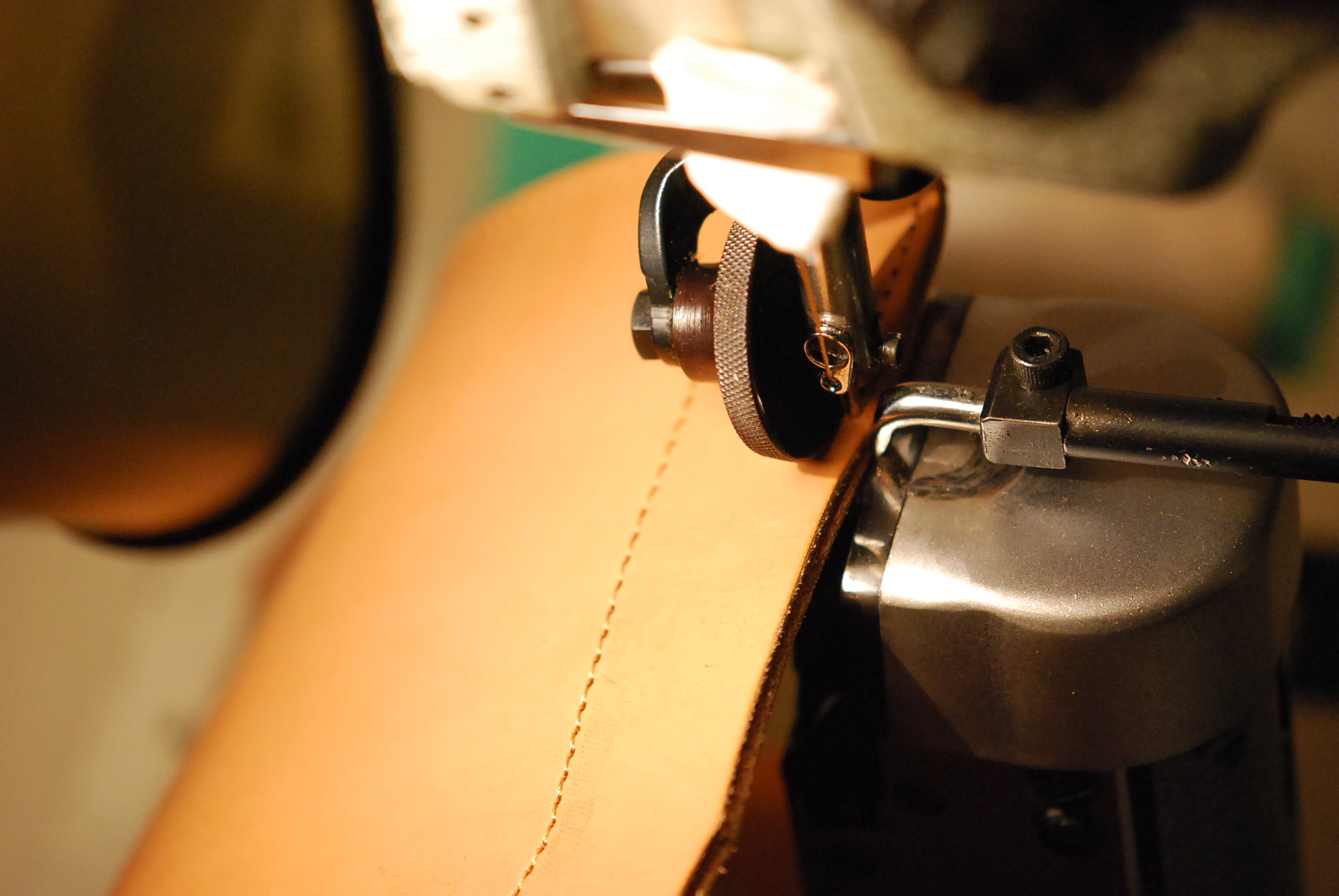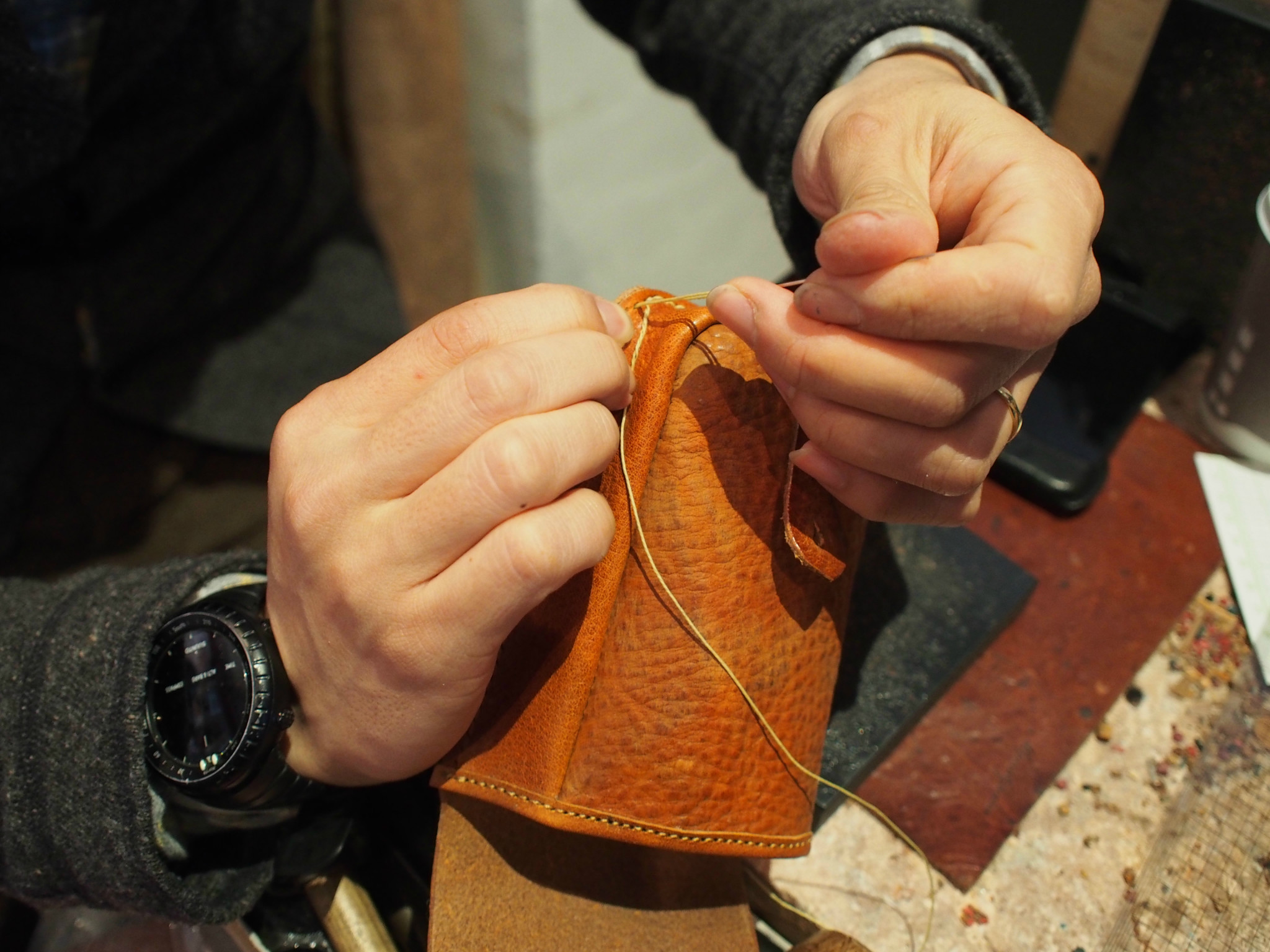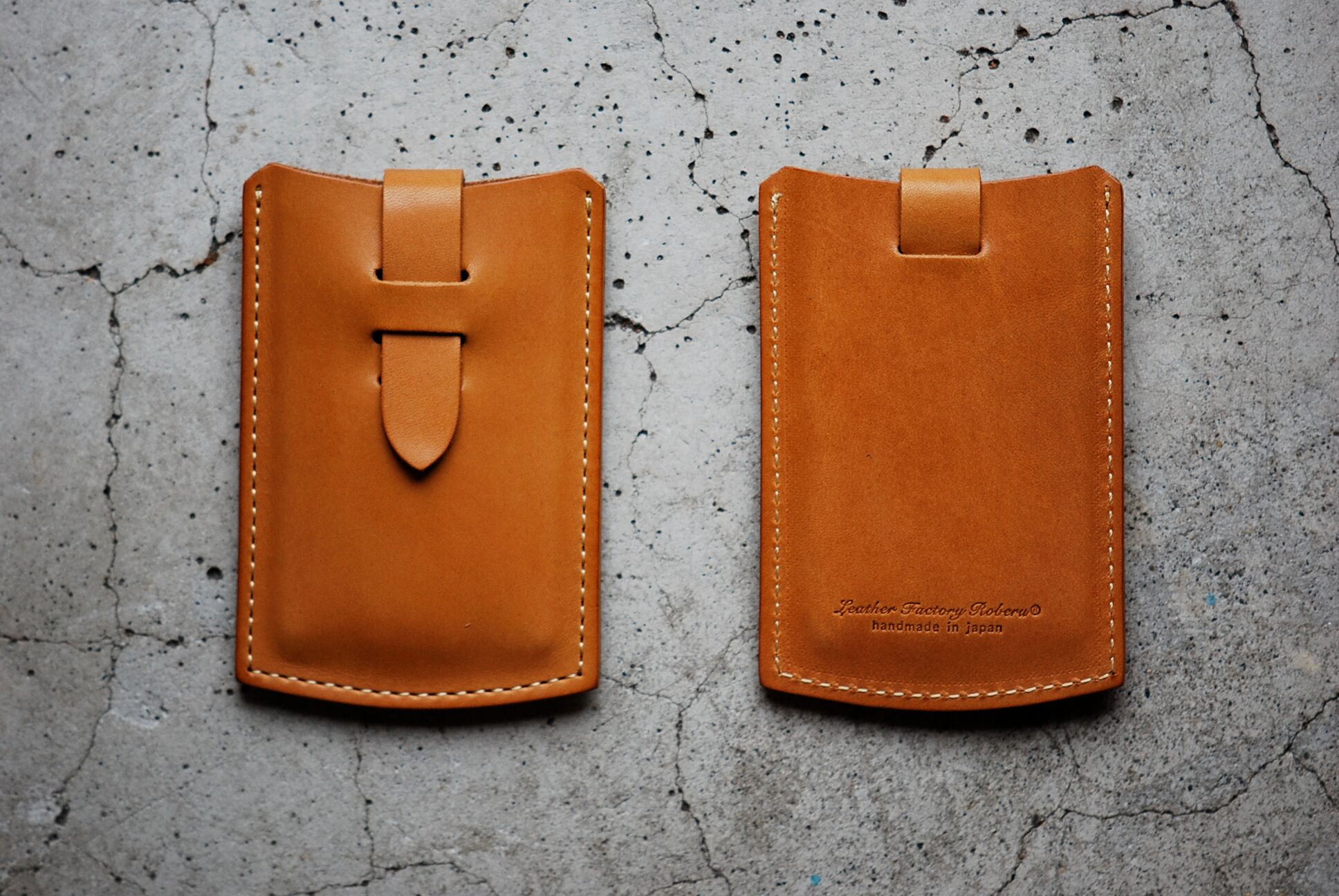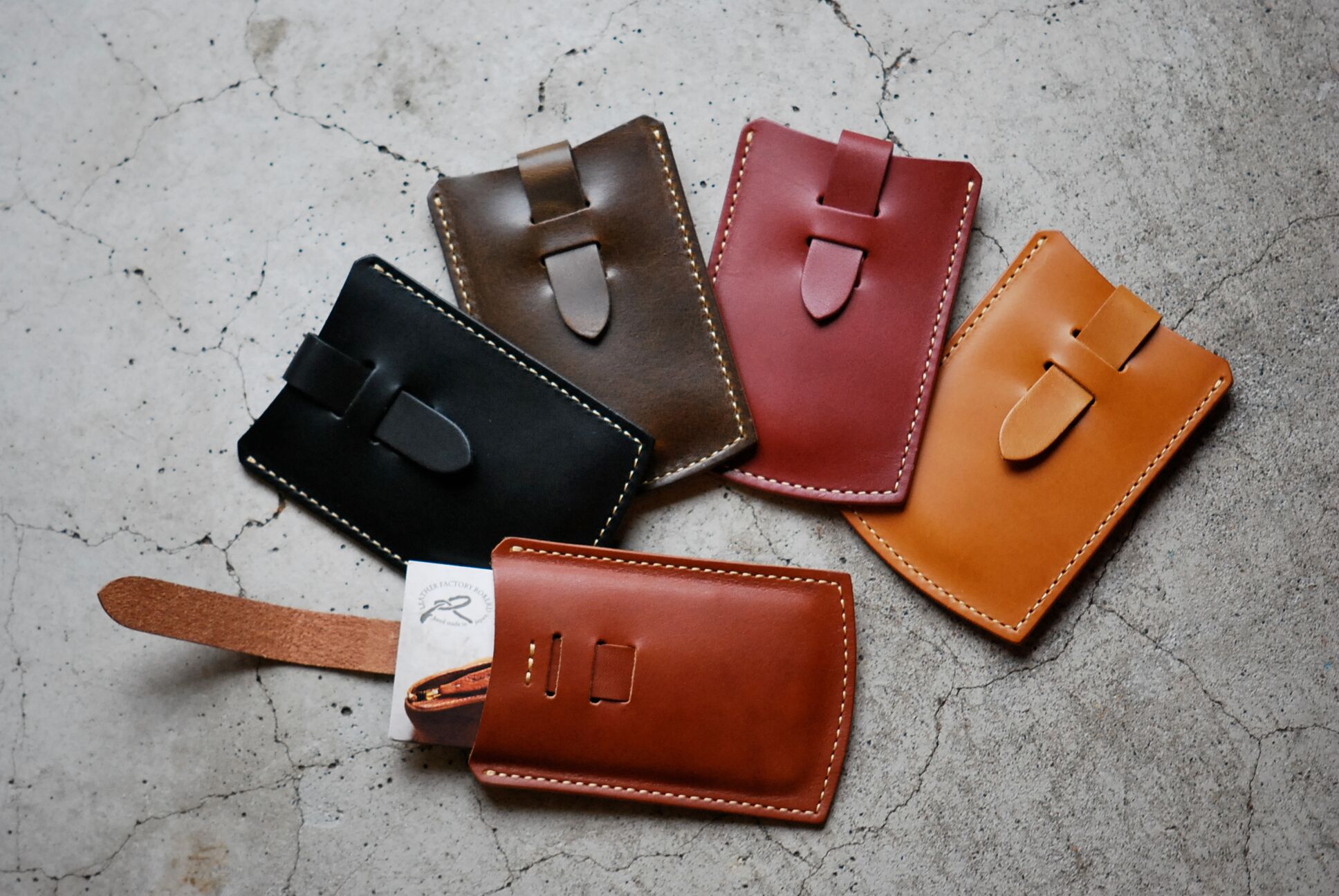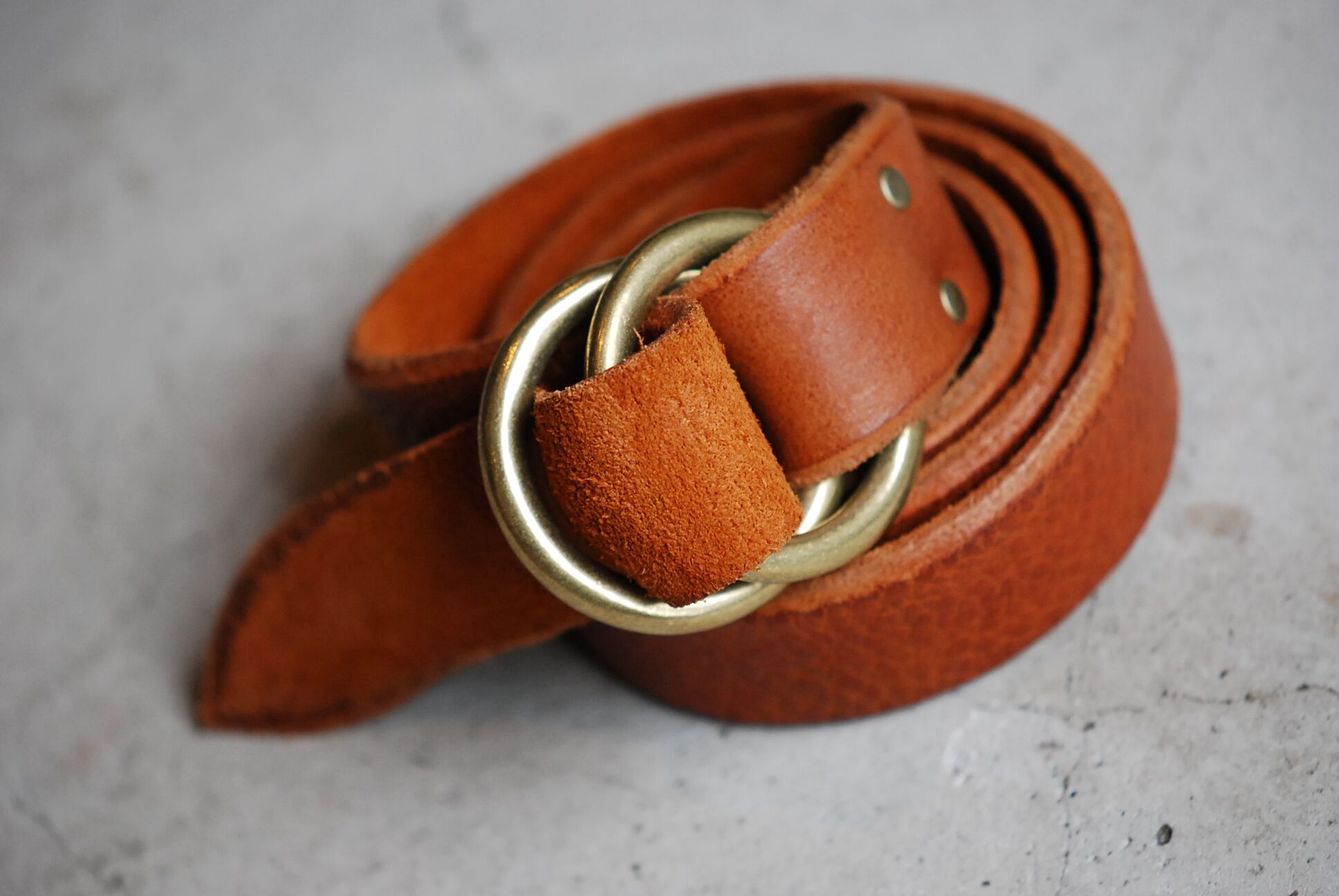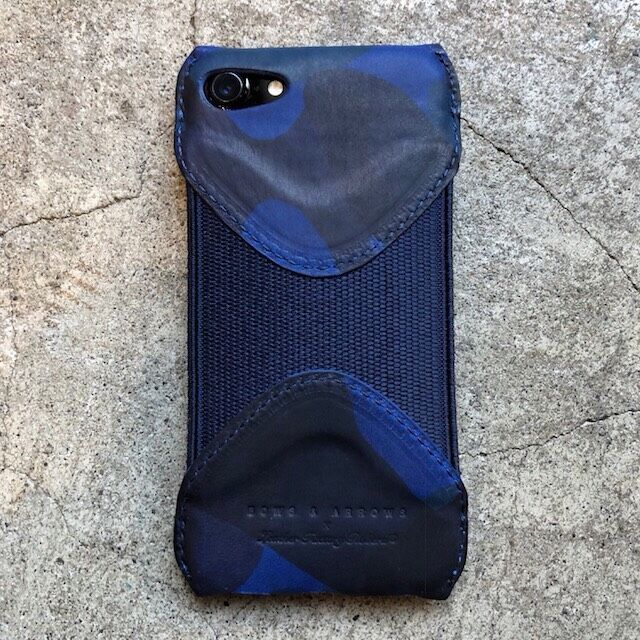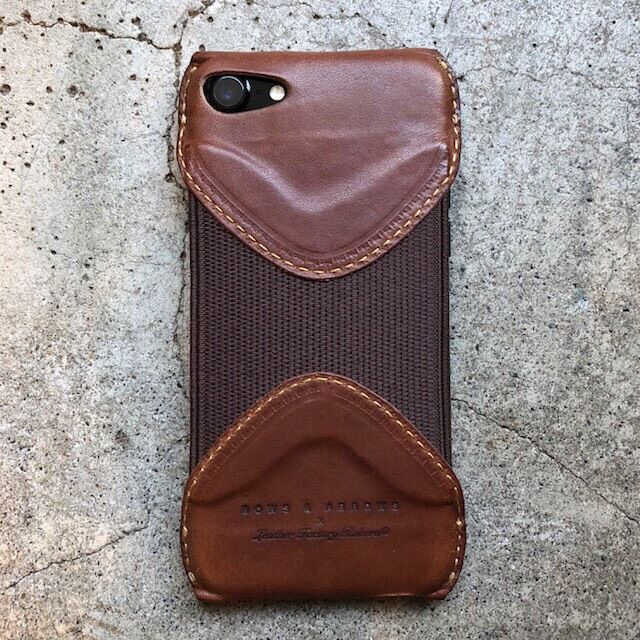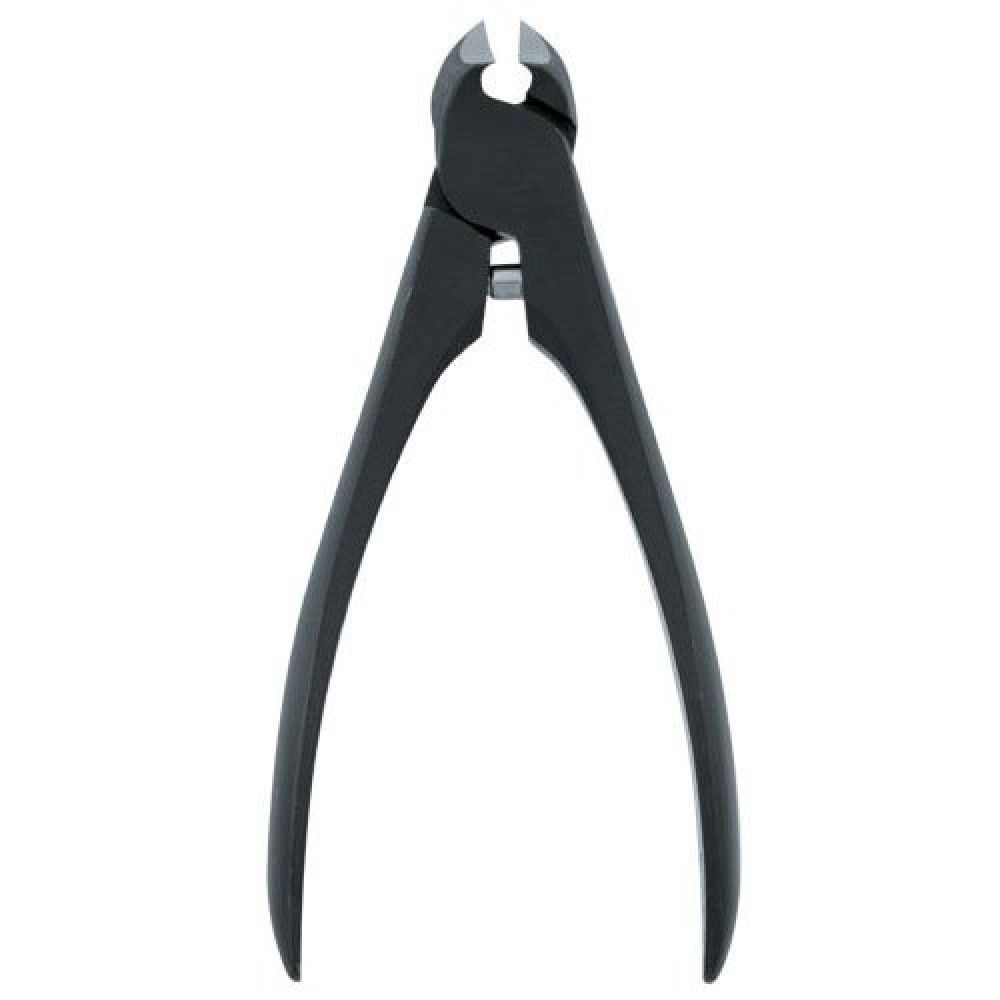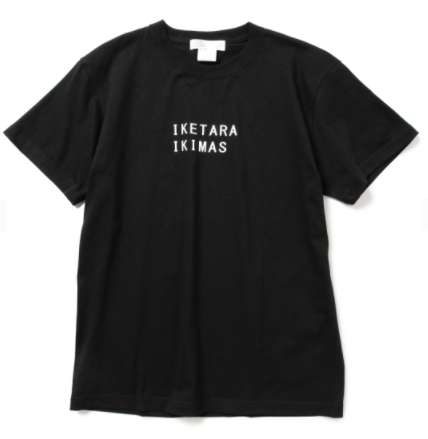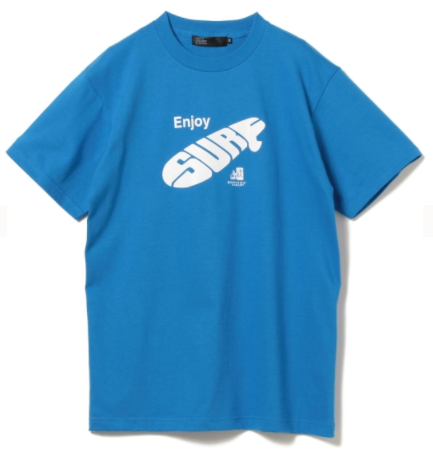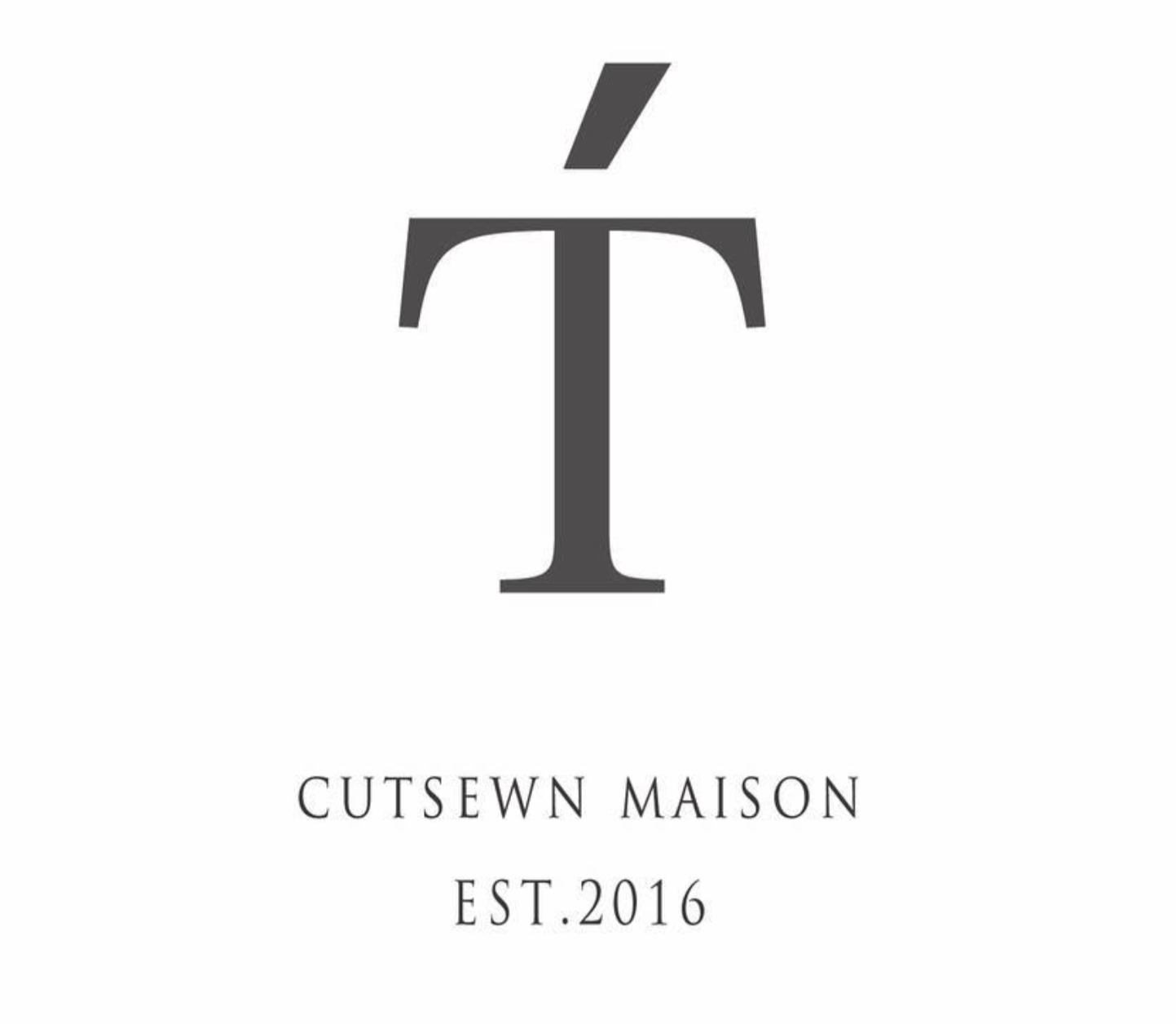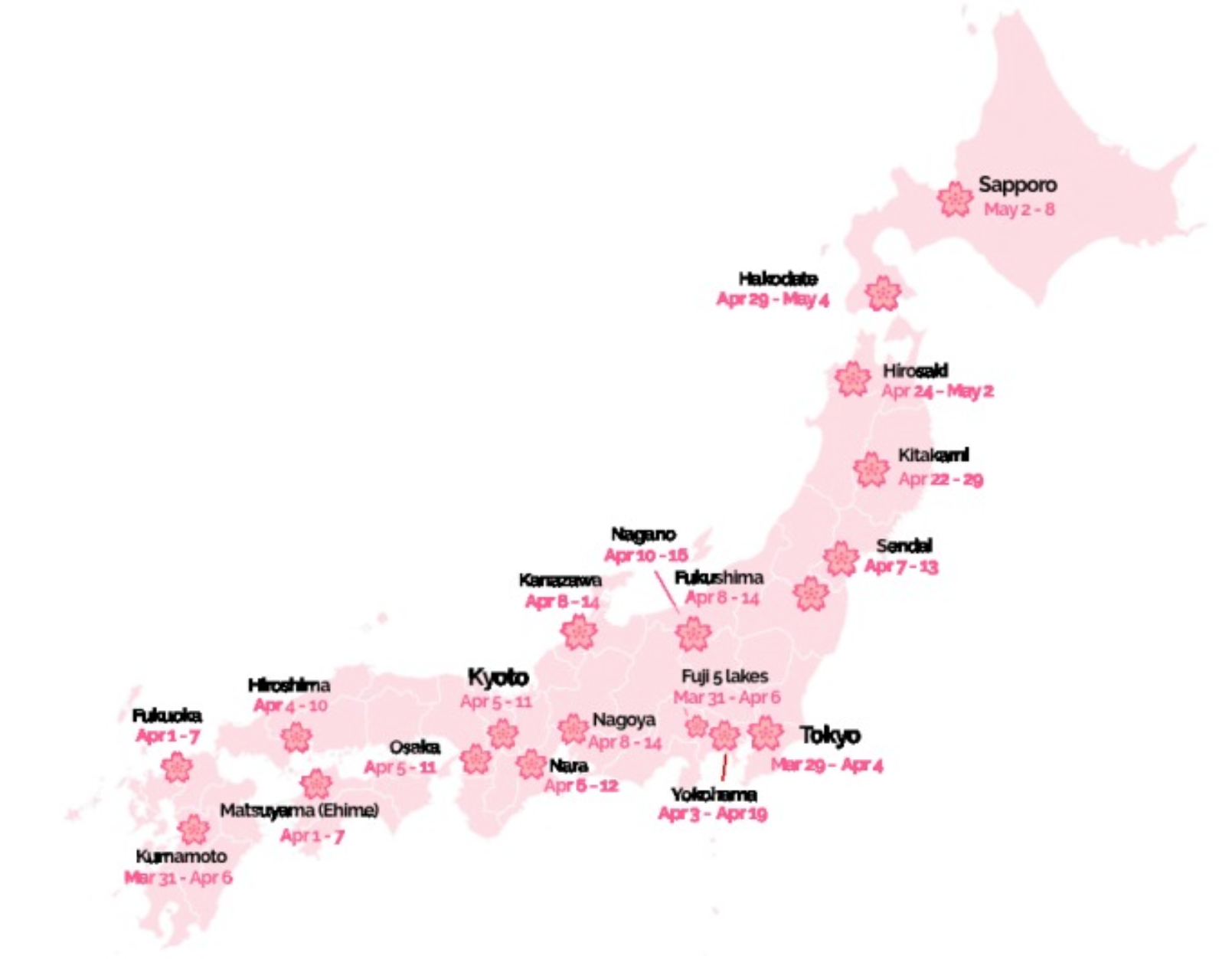How to wash with Livrer Yokohama
As we mentioned before we carry Livrer Yokohama is a one-of-a-kind dry cleaning shop in Yokohama that specializes in cleaning stage costumes for clients that include Cirque du Soleil's "Totem," and some of the world's top artists including Paul McCartney, Elton John, Lady Gaga, Bruno Mars, and famous Japanese artists. Costumes used for live performances are often made with complex patterns and delicate materials, making them very difficult to clean without exceptional experience, knowledge, and skill. There are problems with sweat, make up, etc, and Livrer Yokohama is the best of the best to gently and thoroughly
Utilizing this expertise, Livrer Yokohama developed a laundry detergent that does not need a fabric softener. A gentle detergent made by a dry-cleaning shop. A luxurious blend of palm-derived cleaning ingredients, and amino acids and amino silicone, which are cosmetic grade moisturizing and softening ingredients. This detergent has superior cleaning properties while also softening and preventing clothes from shrinking.
For fragrance, it uses a base of natural essential oils to which synthetic fragrances have been added so that the pleasant fragrance remains after washing.
The fragrances that we are available at Bows & Arrows include: Beach, Bergamot, Forest, Green Apple, Rose.
When you do laundry at home, the last thing you want is to have a dirty washer tub. If any of the things listed bellow apply to you, it's time to get your washing machine cleaned.
Causes of this are: You use a softner, Your laundries smell, You use soap at the laundry detergent, You never cleaned your washer tub, You have soaked clothes for too long: For all of these reasons your washer tub smell bad, in turn your clothes small bad. Solution: Pour 30mL LIVRER YOKOHAMA WASHING MACHINE CLEANER
Select "washer tub cleaning course" and clean the washer tub. After cleaning the tub, select a normal course without any laundries (repeat this procedure twice). Remove rubbish if there are any. Wash your everyday laundry.
To Wash using a machine:
1。Make a pre-laundry liquid in a spray bottle (mix 1:1 ratio of detergent and water)
2. Spray the pre-laundry liquid on stubborn stains and tap it with a brush
3。Make sure you use plenty of water for laundry. The normal laundry course will not have enough water.
- 40mL of detergent for 50-60L of water
- 30mL of detergent for 35-50L of water
- 20mL of detergent for 20-35L of water
4。 Mix water with detergent. Set your laundry machine, and start it up but without the laundry for the first 3 minutes.
5. Once the water and the detergent is mixed, place the laundries in the laundry machine.
6. Rinse your laundry once, and spin for 5 minutes. You'll have your laundry done perfectly and beautifully soft.
To Handwash Delicates like cashmere, silk, wool, etc:
1.Make a pre-laundry liquid in a spray bottle (mix1:1ratio of detergent and water)
2. Spray the pre-laundry liquid on stubborn stains and tap it with a brush
3. Put your items that require a light touch in a mesh laundry bag
4. Mix water with detergent. 5cc of detergent will be necessary for every 5L of water. If the item has a stubborn stain, pre-soak it using 40℃ water
5。Put your laundry in and wash them by hand. Keep the bag tight and tie it if necessary so that there isn’t excess space inside. It should be as compact as possible.
6. Put your laundry into the laundry machine and spin it for 1 minute
7. Rinse your laundries once using 5L of water
8. Spin your laundries again in the bag for 1 - 3minutes
9. Dry flat items such as knitted ones, which will lose shape when hung from a hanger.

